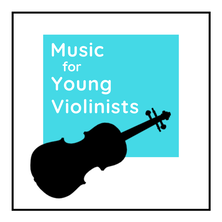|
Enjoy some PDFs of the classic lament Oh Danny Boy in the keys of F, G & D Major. Perfect for beginning-intermediate level violinists. If you are interested in learning more about this iconic tune, there are plenty of articles on the World Wide Web to share its history, the lyrics and famous renditions. I have long believed that beauty tells its own truth, and our hearts understand messages like these and that sometimes involving the brain breaks this sacred communication pathway, so I will refrain from sharing any historical data about this piece here. I will, however, share a beautiful version of this tune below.
4 Comments
Sometimes, you don't need a full-scale book, 4 octaves of notes, multiple fingering options and all the extras like relative minor and chromatic scales (though these are all fantastic and have a vital place in pedagogy). Sometimes, you only need a simple scale sheet to teach a simple concept. These G & C major scale sheets are just that - simple. I created them to help a student work on their marching, as a visual guide and to provide basic repetitions to integrate marching while playing, but they can be used for a multitude of beginning-level violin skills. Scroll down to the end of the post to access your PDF files.
Eeek! High 3rd Fingers (or Low 4th Fingers) - New FREEBIEs The time has come, and a beginning violinist has just encountered a piece with a new geographical location for the 3rd finger - what do we do? First of all, congratulations! This is so exciting and takes a little support, but soon you will feel comfortable with this new technique and thrilled to play this new tune that has enticed you. Next, we want to take the old and add the new. What does this mean? Keep scrolling to learn.
Whether you are a student or a teacher, it is really important to implement this concept of using an existing aural template (or physical technique) and augmenting it with the new technique to make learning natural. While it will still be challenging, we can avoid defeat by working like this. My student recently shared a super neat piece she wants to learn - it's in the key of G Major (1 sharp, a very standard key for us violinists), with G#s and D#s (requiring either high 3rds or low 4ths) all over the place - WOW, this is taking it to a new level! The free PDF downloads above will help you tackle a situation like this. We will use your existing knowledge and aural template of major keys, beginning scales and easy tunes. It seems like a lot with 6 pages in total, but simplicity will emerge after you peek at it. It should all sound familiar - these are simplified 5-note major scales and easy pieces Twinkle & Mary Had a Little Lamb, but with new, fancy, sophisticated high 3rds (and then the same music but with using low 4ths). "Hey, wait a second. I need some clarification. Why is this all in the key signature of G major?" Great question; these study sheets are all with only one sharp because this is often what we encounter with our actual sheet music when we get new repertoire with accidentals. "What's an accidental? Sounds like the word accident, which is not what I am going for in my music." Accidental is a term for a note (aka pitch) that is outside the key signature. For example, if we have a piece in the key of C major (which has no inherent sharps or flats), a G# would be an accidental for this key. The world of music making, especially violin playing, is full of misnomers, and I have written about 3 common ones here (and the comments share more food for thought). How to use these study guides? Some students must use the "guitar position" (sitting with the violin on the lap) and pluck the exercises before doing as written with the bow. This is especially important for violinists like me and prone to excess tension in the left hand or violinists who struggle with proper left-hand technique due to recently sizing up to a new instrument or where they are in their development. There is inherent repetition within these sheets; some students will need to do all the exercises daily for a month, and some will be able to grasp the concept by just utilizing one portion. We are all unique, and these guides can be tailored to where a violinist is at in their development. Catch a mistake? To error is human; I always double-check my work, sleep on it and then check it again, but from time to time, I make a mistake. Gold stars to anyone who catches a mistake and sends me a friendly email to fix it. This project is a labor of love, and your help is appreciated! Also, please reach out in the comments below to share your innovative ideas for approaching this issue with your teaching and practicing.
In this post you will learn what a double-stop for the violin is, the top 5 benefits of using double-stops and be able to download free double-stop PDF printables for beginner-advanced level violin. Double-stops on the violin are when two notes are played simultaneously and part of what makes the violin repertoire so thrilling, gorgeous, and sublime. See the image below for an example of how this would appear in a score. The term "double-stop" is a bit of a misnomer and can be confusing because nothing is actually stopping in the verb sense of the word stop (i.e., to cease or end). The term double-stop makes more sense when we think of "stop" as a noun referring to a location such as a bus stop. For violinists, the location refers to pitches on the fingerboard. When a request for more double-stop content from the M4YV project came to my inbox, I was an instant YES due to my captivation with this aspect of violin playing. I love double-stops so much that they are one of the reasons I play the violin! Double-stops are not hard, but they are different than playing on a single string. For some of the players here, it will be a new technique, which makes this the perfect time to remind us that new does not equal difficult, but without the proper mindset, new can be interpreted as feeling difficult. Keep reading to learn the 5 benefits of double-stops on the violin. 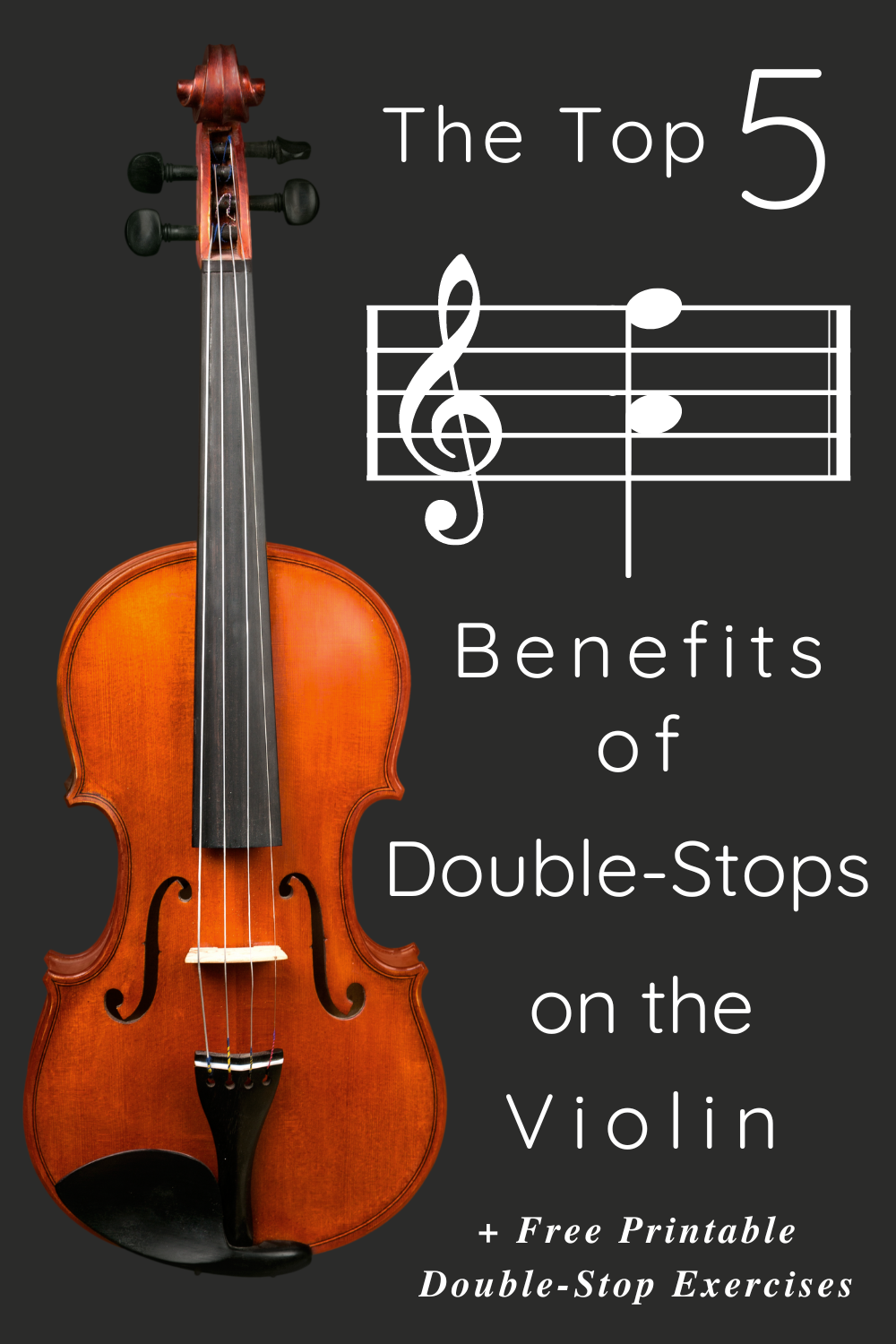 The Top 5 Benefits of Double-Stops on Violin:1- Improved intonation: Double stops help to hear pitches in relationship to each other, and this process leads to better intonation because intervals are more evident in the ear. 2- Learning block fingerings: Double-stops require using "block fingerings," where two fingers are placed on the fingerboard simultaneously. Block fingerings are more sophisticated than using a single finger at a time and help to develop skill. 3- Better understanding of whole & half steps: Double-stops fortify an understanding of whole and half steps because when using block fingerings, the fingers will feel the proportions of a whole and half step in relation to each other. 4- Advanced bow control: In the same way that double-stops require the left hand to use two fingers at a time, the right hand also needs to double it's playing requirements by refining it's control over two strings simultaneously. When we begin playing the violin, we work with focus to play just a single string at a time. When we start learning double stops, we exert focus to play two strings together with control and precision. 5- Advanced repertoire: The most magnificent repertoire composed for the violin uses double-stops, including but not limited to: J.S. Bach's 6 Sonatas & Partitas for Solo Violin, concerto cadenzas, and mesmerizing fiddle playing. Check out the videos below for some amazing examples of double-stops in violin repertoire.
Scroll down a bit on the page to find these FREEBIES to help learn and play double-stops. What are your favorite double-stop compositions?
Please share in the comments below. Every once in a blue moon, I turn on a computer that sits in a drawer and is so old and broken it doesn't do much but serve as a net for my old ideas. I found one, played around with it and the FREEBIES page now has a new Jig called Jig for Fun (if you have a better idea for a name, please let me know). This new FREEBIE is indeed fun, easy to play, easy to memorize, and perfect for beginning-intermediate level players. All bowings are just suggestions, so play around to find what works best for your style.
The Jig for Fun is waaaaaay down on the FREEBIES page, so pour yourself a cup of tea and get ready to scroll to find it HERE:) Here are 2 new FREEBIES that feature the major 7 and harmonic minor 7 arpeggios. The traditional string methodology does not always add these until advanced curriculums, but I see no reason why not. They sound neat and build a bridge to more contemporary-sounding music. These are from a 4-part arpeggio FREEBIE series. You can access Arpeggio Study #1A & Arpeggio Study #1B at these links for a limited time (or keep scrolling down the blog for recent entries). To celebrate this new series of FREEBIES, all of the M4YV arpeggio and scale sheet music collections will be 60% off from now thru the end of the month: One Octave Scale and Arpeggios for Violin One Octave Scale and Arpeggios for Viola 13 Bowing Patterns for Scales 7 Bowing Studies for Beginning Violin Happy music making! Heather
Enjoy another flash FREEBIE of one of the best fiddle tunes ever: The Road to Lisdooonvarna. Scroll down and click on the file button to access a PDF file of this sheet music free for the next 48 hours. For duet & trio arrangements of this tune check out the Fiddle Duets collection available in the Music for Young Violinists online store. Have a suggestion for what you would like to see in the next flash FREEBIE offering? Let me know in the comments below. Thanks! Who doesn't love solving a mystery??? I removed the pitches from 3 popular holiday pieces and left the rhythms for my students to solve the mystery of what pieces these are. These are a really fun way to enforce rhythm reading skills, celebrate the holiday season and keep lessons and group classes fresh with new ways to learn. The 3 pieces are Jingle Bells, Rudolf the Red-Nosed Reindeer & Ode to Joy. Also here on the M4YV FREEBIES page are some complements to the Holiday Joy! collections for Violin and Viola. First is Ding, Dong Merrily on High. I love this piece and forgot to put this melody only version into the newly revised Holiday Joy! sheet music collection. My mistake is your gain because it is now offered here for everyone on the FREEBIES page.
Next is a contemporary arrangement of The First Noel for 3 Violins. When I revised the holiday & Christmas music collection, I wavered about putting this trio arrangement of the First Noel in it. I enjoy the higher range expressed in the top line and a slightly modern interpretation of the harmony, but it does not fit with the rest of the arrangements in the collection. I decided to keep it and offer it here and get your feedback - feel free to let me know how this works for you (here is my email address). A version of just The First Noel melody is available in the Holiday Joy! collection. Ode to Joy for VIOLA and VIOLIN (D Major) are the newest FREEBIES from Music for Young Violinists. Spread some "JOY" to others and re-post this, email your studio or pin to Pinterest! There is some new music here at M4YV and to celebrate the first viola collection (yes you read that correctly - VIOLA) I added this all-time favorite tune here on the FREEBIES page to literally "spread the joy." Ode to Joy is now featured in 3 different M4YV collections:
Good news if you are clicking on this today (May 3-5, 2019) because I always celebrate new music with flash sales. You can get all three collections together as a bundle (click here) for $20 (normally $30) or the viola collection for $5 (normally $18). Someone asked me recently what brought me joy. After 2 weeks (seriously, I had to really think about this), I found my answers:
I thought more deeply about joy, and it's role in our lives last summer when both ends of the joy spectrum weaved thru my life. Read more about that here. What brings you joy?
Please share in the comments below, thanks! I know from decades of experience teaching that nothing makes a young student more excited than being able to play Jingle Bells. Please enjoy this free gift of a LARGE print arrangement of Jingle Bells for beginning violin (with fingerings added) available on the FREEBIES page.
Happy holidays and happy music making! Happy Holidays! If I had a magic wand and could give all of you the gift that I really want to share with everyone reading this, it would be an event that drew us together into a *giant play along of holiday music with plenty of time scheduled for getting to know each other and eat cookies.
How exciting would that be? That is currently impossible for me to organize, BUT, I can share some of the most favorite tunes from the holiday season with you so that you can play music and of course, eat cookies. Please enjoy some free downloads of Jingle Bells sheet music arranged for violin: a duet version and a LARGE print with fingerings for beginners version. These are currently posted on my FREEBIES page. There is no shortage of ways to be musical and connect with this great joy that we share:
So, please head on over to the M4YV FREEBIES page to download a Jingle Bells duet from the Holiday JOY! collection. I made a slight change in this from the original publication so you may want to download again if you received the original arrangement 2 + years ago. I created this duet for my studio and it is designed to have a majority of players play the melody so the accompaniment part may sound a little overpowering with just 2 players. Also on the FREEBIES page is a LARGE print version of Jingle Bells for beginners. This is featured in the LARGE Print Music for Beginning Violin collection. An enlarged format is perfect for any musician who is new to reading music since it makes it much more accessible. BONUS - Both of these collections are on sale at 50% off thru the end of the month. Happy music making and thank you for your support! Heather
"The sound of over 4,000 violinists playing together in harmony was like nothing I've ever experienced, and it was made all the more amazing to think that the last time anyone heard a sound like that was over 80 years ago, when the last record was set in at the Royal Albert Hall in London in 1925." (in the Keys of A, D & G Major)
I have a young student who plays with a passionate and focused tone and is very devoted in her practicing. She is progressing beautifully but after many years of lessons she still struggles to execute down and up bows correctly. Doing review pieces to fix this issue is counter-productive since she has ingrained incorrect bowing patterns into her old repertoire. Doing the same scale 20x/day would help but does not create a compelling assignment and she would likely zone out and resume playing incorrect bowings.
In an attempt to help her master down and up bows, I created the 7 Bowing Studies for Beginning Level Violin in the Keys of A,D & G Major. Since the focus of these studies is bowing they are kept to one octave and done 3 times in keys with parallel finger patterns (A, D & G Major) for ample repetition of the bow strokes and to keep the left hand as simple as possible. These exercises can be used in two ways: 1- Individually to help with a specific technique needed in repertoire. 2- As a series for students who need more support organizing their down and up bows. Features of this resource include:
Tell a friend, email the studio, post to Facebook/Pinterest or if you are like me, send a good old fashioned letter in the mail: the Spring/Summer 2016 Music for Young Violinists music packet is still available for FREE. Just fill out a contact form either on the HOME PAGE or on the FREEBIES page and bam - you will receive a link that allows you to download this packet of music teaching awesomeness.
Wow - that's pretty awesome right! I will only offer these music packets as free seasonal downloads for 3 more seasons so don't delay in spreading the good news. All good things in life must come to an end and when I begin nursing school I will have to end this neat global music sharing project. Thanks! Heather
Hello M4YV Peeps,
It is my week off for Spring Break and has been an absolute constant rainstorm here in Oregon. This means I have time off & time inside to have too much fun with my MacBook photobooth feature and I have gone nuts restocking the FREEBIES page. Head on over to the FREEBIES page & enjoy some awesome new downloads to help you bring out the best in your teaching. I rotate my FREEBIES on a regular basis so many of these resources will not be up for long. Happy music making! Heather The THIRD POSITION STUDY SHEET is part of the free Winter 2016 music packet available only from Music for Young Violinists. This worksheet has been such an empowering resource for my students who are just beginning third position and they often progress thru these short studies much faster than we expect. Although I could assign each of these passages by ear, I find that it creates more clarity and organization to have the expected assignment clearly notated on a piece of paper. I designed this worksheet to combine multiple learning channels into one experience: EARS - Using review pieces to learn third position serves as guard rails to keep a student on track. They already know what the tune should sound like so there is clarity from the start. EYES - I remember when I first started reading on the G string and high on the E string how difficult it was to discern with all the additional staff lines. If a student and teacher prefer, this worksheet allows for writing in fingerings and half/whole step markings. Eventually the consistency of playing in the same range will help your young musician develop fluency for playing in this new higher range. HANDS - I kept all of the studies in the same range on the E string to give students enough repetition of the new skill set to truly grow confident in this new skill. If a student only practices third position in a single piece they will likely struggle for a while due to not receiving enough support to master this new and fun skill. How do you help your students with third position? Please share in the comments below.
Woo-Hoo, another prize!!! There is a special $15 Gift Certificate Prize to the Music for Young Violinists STORE for the first person who can help me identify the piano composition this excerpt comes from.
I used to hear it being practiced next door decades ago when I was in music school but I never knew the composer. I only know it is *fantastically fun for teaching young violinists how to master their low and high 2nd fingers. Nothing replaces good old fashioned 2 octave G Major scales but in my experience most students need a little more support in their curriculum. The worksheet pictured below is a part of the Winer 2016 Music packet which is one of the many free perks of being on the Music for Young Violinists newsletter list. I give away an entire packet of music to my list every season. I love hearing from you and even if you can not tell me who composed this piano piece please let me know your feedback about the Winter 2016 Music Packet:
*If you are like me you may have wondered if this is a real word. I thought I was just making this up but learned something new today and according the Merriam-Webster this word actually exists. The definition of fantastically is 1 : in a fantastic manner. 2 : to a fantastic degree : extremely Ha! That was exactly the word I was looking for to describe this small etude I use to help students with their 2nd fingers. This packet is not longer available but the worksheets from this can all be found in the Teacher's Toolkit available here at the Music for Young Violinists store. 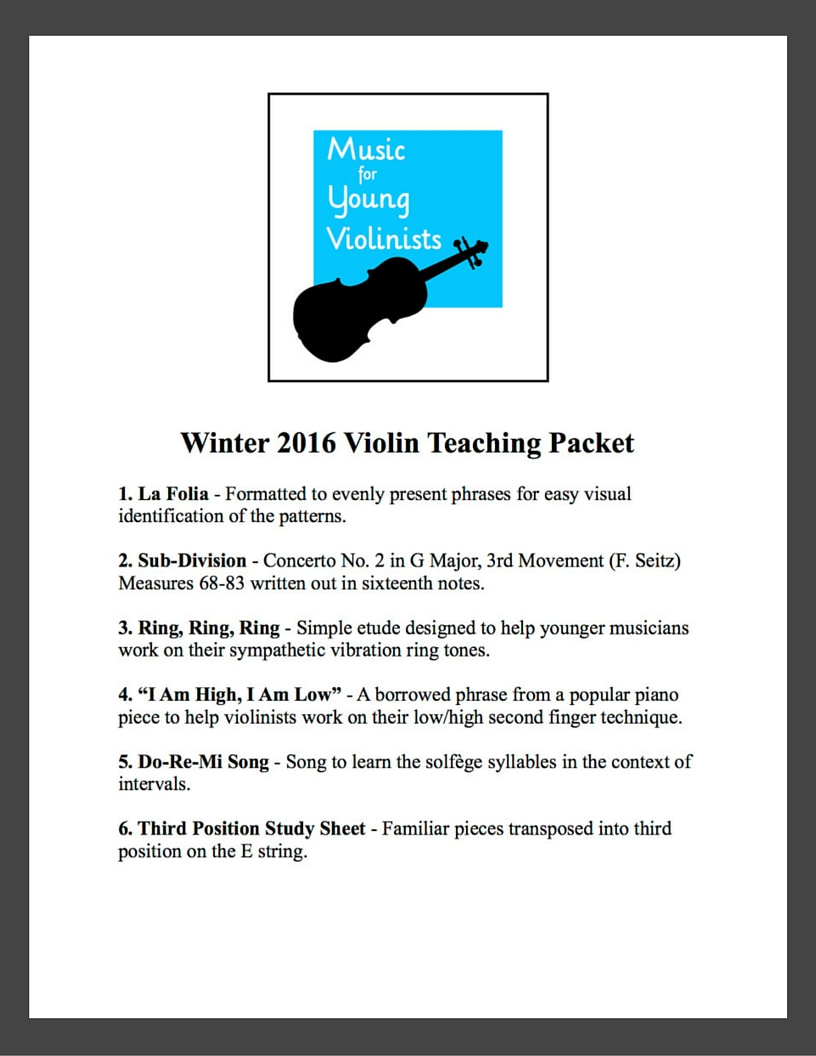 La Folia - I noticed my students struggling to memorize the straightforward opening of this piece and could not figure out why until I looked at the score they were using (Suzuki Violin Book 6.) This version has the 4 bar phrases broken up unevenly on the lines, and my students were unable to identify how simple the pattern is. After my students used this re-formatted version, the phrases became visually apparent, and memory was much easier.
Sub-Division - Concerto No. 2 in G Major, 3rd Movement (F. Seitz) m. 68-83 By the time a musician is at this level sub-division should already be an acquired skill and having it printed out for explanation is not necessary. However, I find that having an assignment blocked out on a separate worksheet creates clarity of goals between teacher and student as well as preventing a student from plunging into the score without having the proper foundation to interpret the music accurately. Ring, Ring, Ring - This is a simple etude that is easy to learn and designed to help younger musicians work on their sympathetic vibration ring tones. It can also be done starting on the D string. “I Am High, I Am Low” - When a young musician begins differentiating between what we refer to as low and high 2nd fingers, they need a great deal of support. I borrow this musical phrase from a favorite piano piece and have students learn it in the five-part sequence listed on the worksheet. They enjoy it and have fun getting some speed in it. Do-Re-Mi Song - Solfège is not something that most American musicians learn when they are young, but I would like to see this change. This simple and fun piece focuses on the intervals of the scale while teaching the seven syllables of solfège used in English. I first introduce this by singing and using hand symbols and fun body movements to match the lyrics. After it is learned vocally, a violin student can easily transfer this onto the violin. Third Position Study Sheet - I love teaching the III position by ear but found that some students need a correlating visual to help it make more sense and not get discouraged in their home practice. This worksheet takes several familiar pieces and transposes them to be played in the III position on the E string to help concentrate on a specific range. It is a fun assignment and students enjoy experiencing their growth by mastering these phrases in the III position. Did you know that my book Twinkle: Duets, Trios & Quartets was written to help students gain fluency and confidence with their III position? I created this collection of chamber music pieces before the Suzuki books were revised to fill the gap that used to exist with the use of the III position. You can view samples from this collection on the website and download a free Twinkle Duet when you sign-up for the newsletter. Happy Holidays!!! Jingle Bells (LARGE print for beginners) & Jingle Bells for 2 Violins with fun double stops are available as free music downloads all of December 2015 here on this website. When you fill out a contact form on the Homepage or FREEBIES page you will be redirected to a link to download these arrangements. The large print version of Jingle Bells is a sweet treat for your youngest musicians at this time of year and part of a larger collection titled LARGE PRINT Music for Beginning Level Violin which is available as an instant download from the Music for Young Violinist store. The Jingle Bells duet for 2 Violins is a great way to combine your beginners together with your teenagers who need more of a challenge with some fun double stops. This arrangement comes from Holiday Joy! which is a collection of 14 classic holiday and Christmas songs available as an instant download from the Music for Young Violinist store. I also added some blank staff paper to this packet for you to transcribe more holiday pieces with your students. For the month of December get a free collection of Holiday Music with any $10 purchase with coupon code HOLIDAYMUSIC. Every Season the Music for Young Violinists Project gives away a free packet of music to the members of it's newsletter list. The Spring (April - June 2015) music packet is an 8 piece Fiddle Folio. It is a blast to play and will light up your young students hearts while building their technique. Here are some FUN FACTS about the tunes in this collection: Boil Them Cabbage Down - The title of this piece is often listed as “Bile ‘Em Cabbage Down” or some version of this. This is a classic American fiddle tune and can be taught to the most beginning level of student since it only has 3 notes. Some violin teachers begin with this piece before teaching Twinkle. I included the more child friendly lyrics for this tune because I teaching lyrics helps students with their memory and emphasizes larger musicianship skills beyond playing the violin. Additionally, it is extremely fun to sing! * In case you were wondering, a hoecake it is a cornmeal pancake. Cripple Creek - Another very popular American fiddle tune and easily accessible for beginning violinists to play when simplified in a version like this. Cripple Creek was a gold rush city in Colorado (U.S.A.) located near Pike’s Peak in the Rocky Mountains and once had 500 active gold mines. Drowsy Maggie - Is an Irish Reel and like most folk music can be found in multiple versions and has an unknown origin. Reels are popular in Irish and Scottish folk music. If you saw the movie The Titanic, Drowsy Maggie was referenced by the band in the dance scene. 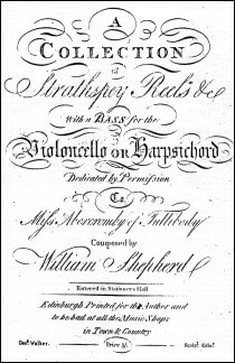 Miss Colt of Seacliff’s Strathspey and Miss Mary Ann Johnston Favourite - Both tunes come from a collection of Reels and Strathspey’s credited to William Shepherd who compiled 2 collections of Scottish music in the late 1700’s. A strathspey is similar to a hornpipe and like all folk music is also a type of dance. The full collections where these tunes were transcribed from are available as free PDF downloads online HERE. Mississippi Reel - This is a perfect piece to give young violin players their “quick” fix. It is easy to learn, emphasizes beginning player skill sets and is especially satisfying for the young student who loves to play fast. I love teaching this tune in a group setting and challenge myself to teach the piece by ear in 5 minutes or less. For extra drama, I use a timer and have this displayed for the students. Fiddle music overall is fantastic for teaching technique that transfers into performing Baroque repertoire. For example, with this tune I use the middle section for teaching “tunnel” fingers in the left hand and wrist string crossing with the bow hand.
The Irish Washerwoman - This is one of the most well known Irish jigs. This packet includes both the keys of A and D Major. A popular performance practice of this tune is to start slow and increase the tempo with every repetition until until you can not go any faster - a thrilling experience for both the performer and listener! For the remainder of the month of December 2014 we will be sharing our seasonal packet of free violin music to anyone who is on our mailing list. This season features 8 classic holiday pieces that are a blast to play. Every season Music for Young Violinists will share a free packet of violin music with it's mailing list. Yes, REALLY!!! Free and designed to share with wonderful music minded people like yourself.
Why am I doing this? Well, I make these resources for my students all the time anyways and now with the power of the internet it is as easy as a click of a button to share. I hope these pieces bring you joy and emphasize the message of this project that true satisfaction in life comes from the inside out! Please feel free to spread the good news - tell a friend, a colleague and/or share with the families in your teaching studio. Thanks! Let's connect and inspire each other on Pinterest! Music for Young Violinists is happy to be joining Pinterest - a virtual bulletin board. I will be posting unique violin and music education-related items that are complementary to the posts and resources on the Music for Young Violinists website. I will frequently update our board with:
What exactly is Pinterest? Pinterest is a virtual bulletin board. Your Pinterest board fills with images of your specified interest from people from around the world that you follow. Many music educators are now using this modality to share ideas about teaching, practicing, inspiration, and humor. |
Categories
All
Archives
February 2024
AuthorHi! It's me, Heather. I absolutely love working on the Music for Young Violinists project and all the many facets: blogging, website, music, teaching materials, freebies, videos, newsletter and giveaway contests. The best part is connecting with you so feel free to drop me a line. You can learn more about me on the "ABOUT" page. Thanks! |
|||||||||||||||||||||||||||||||||||||||||||||
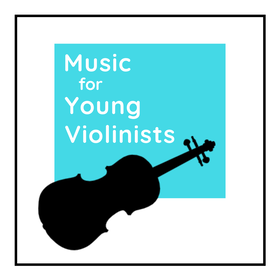
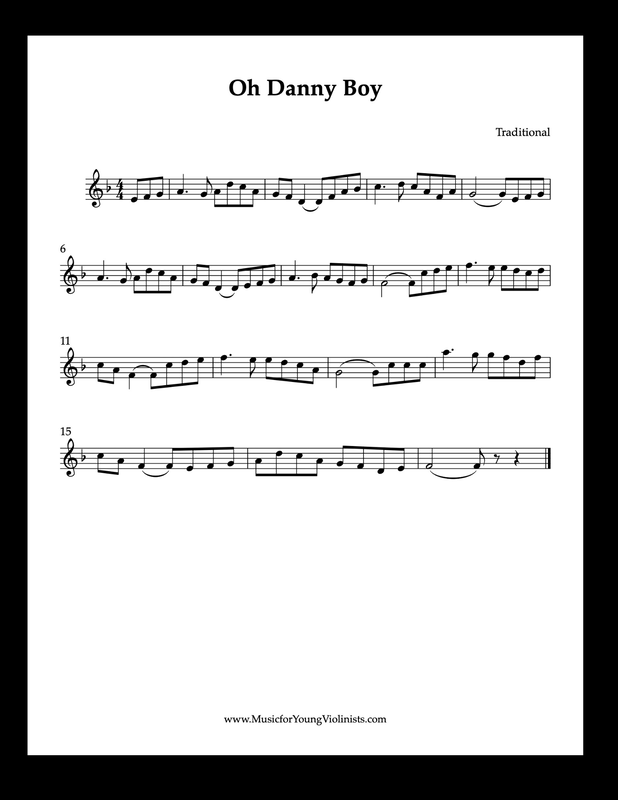
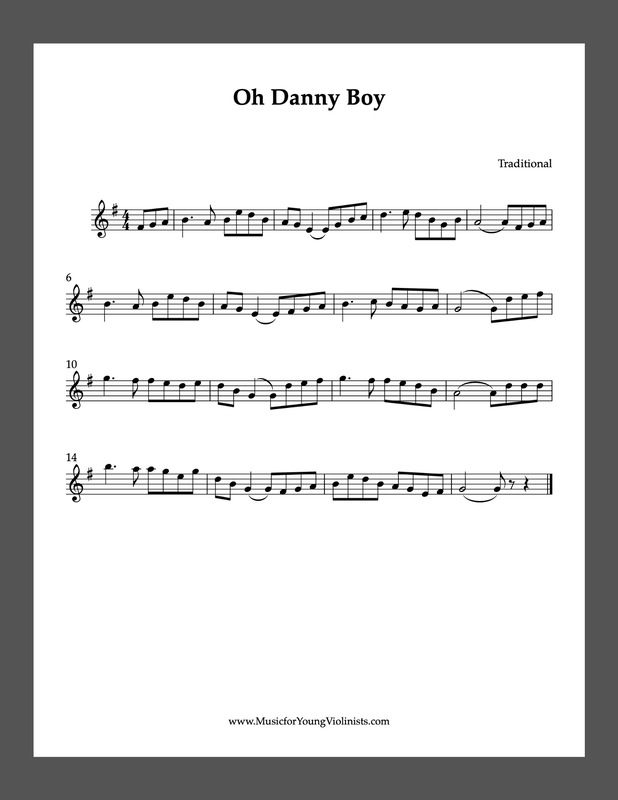
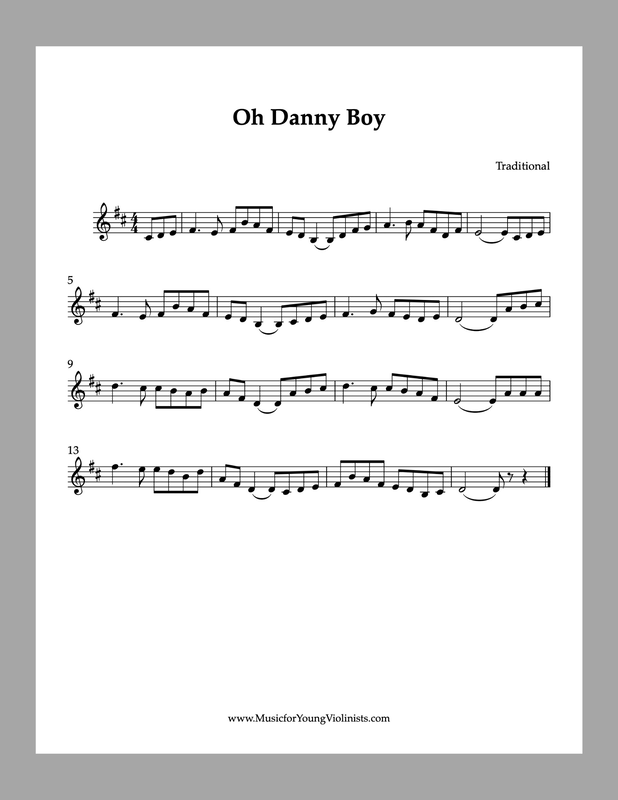
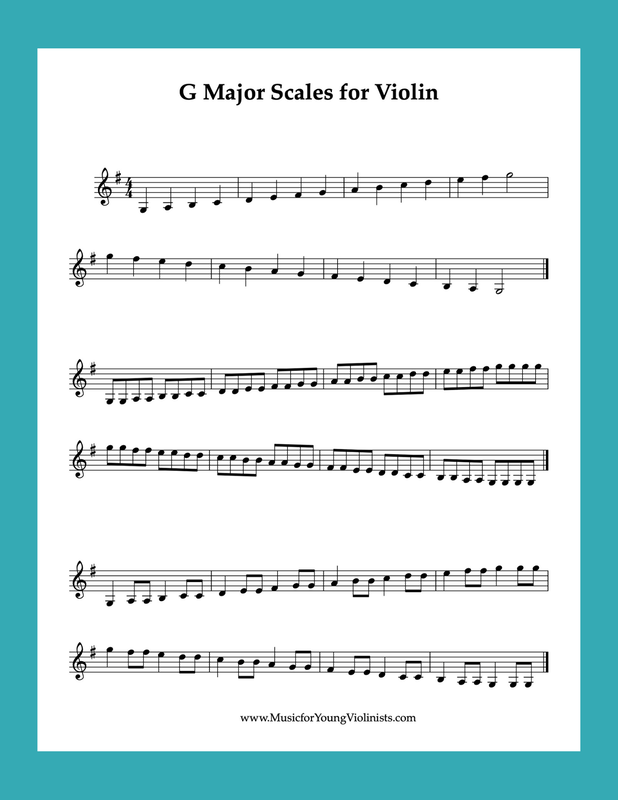
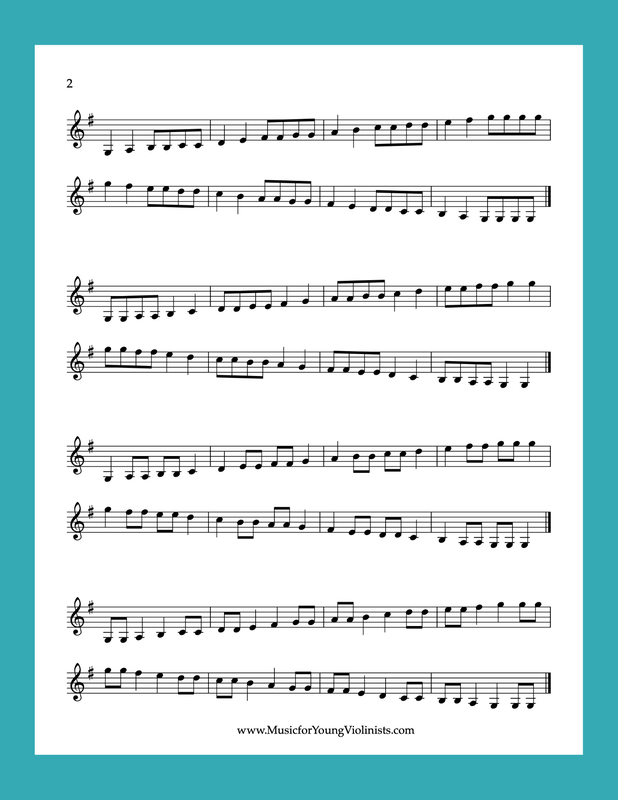
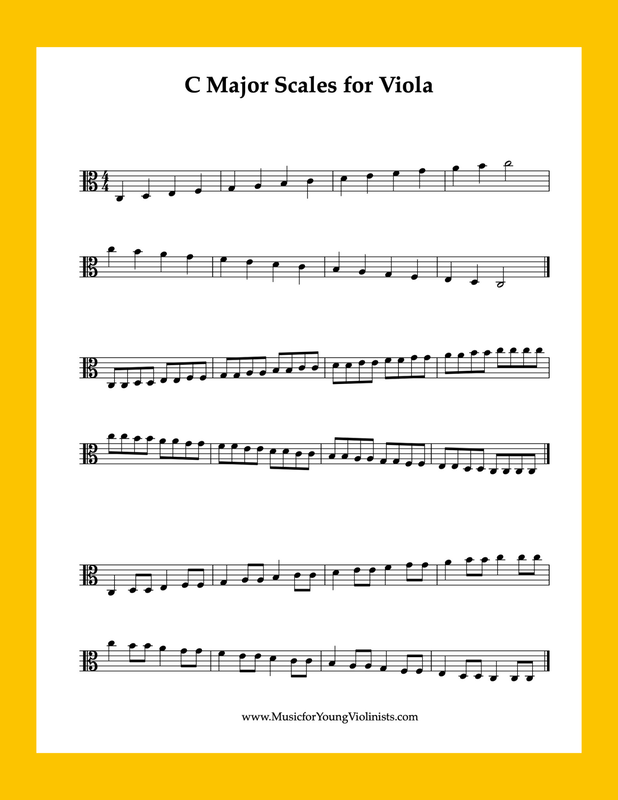
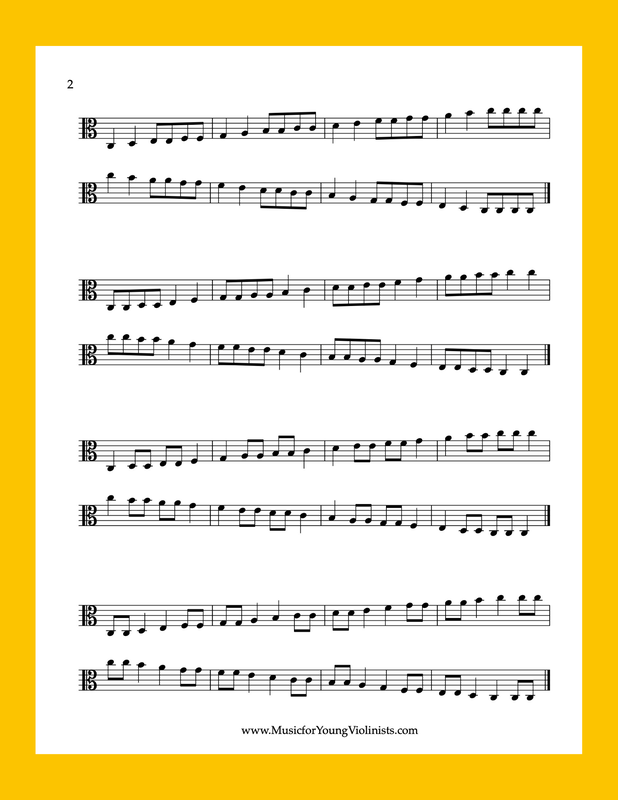
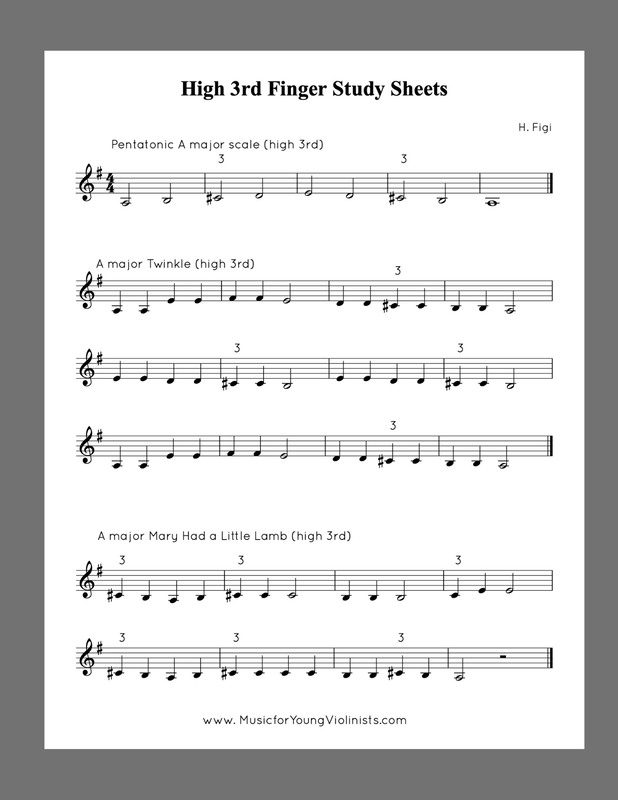
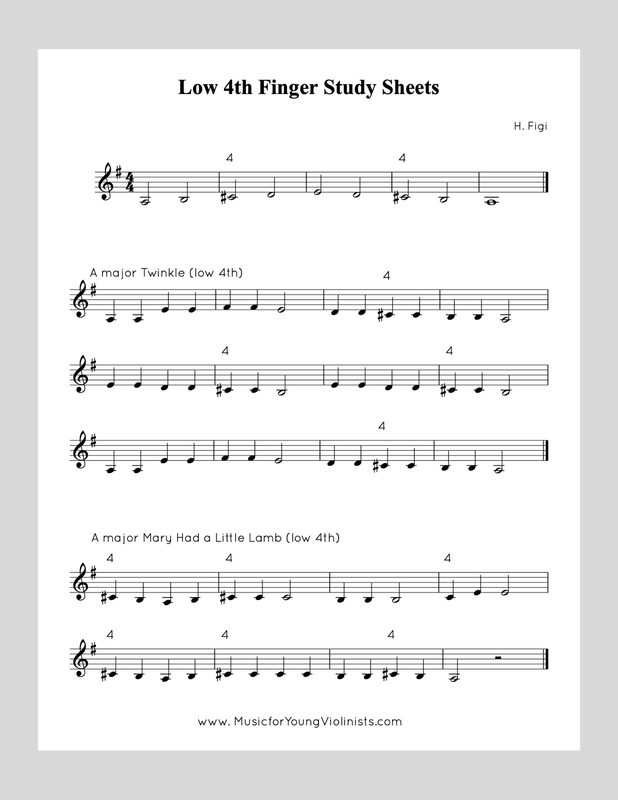
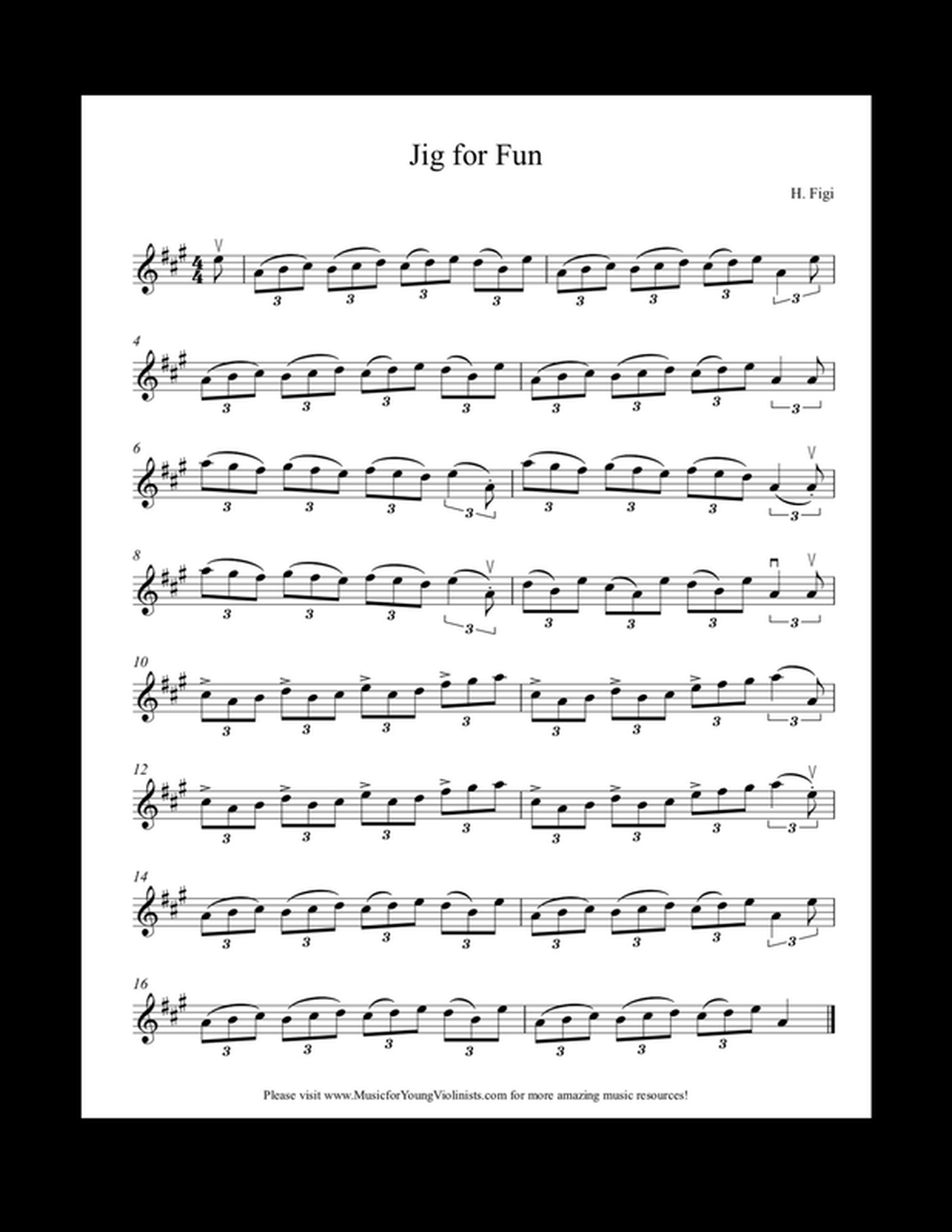
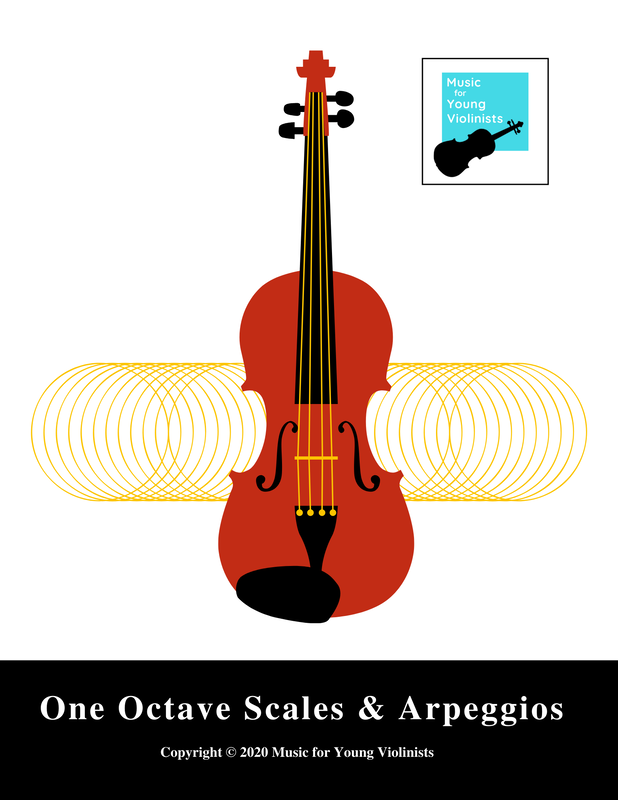
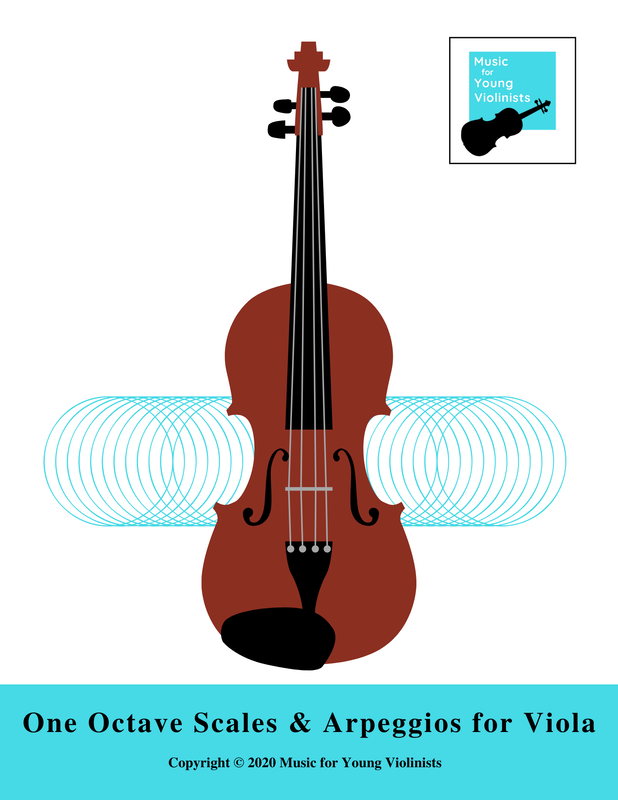
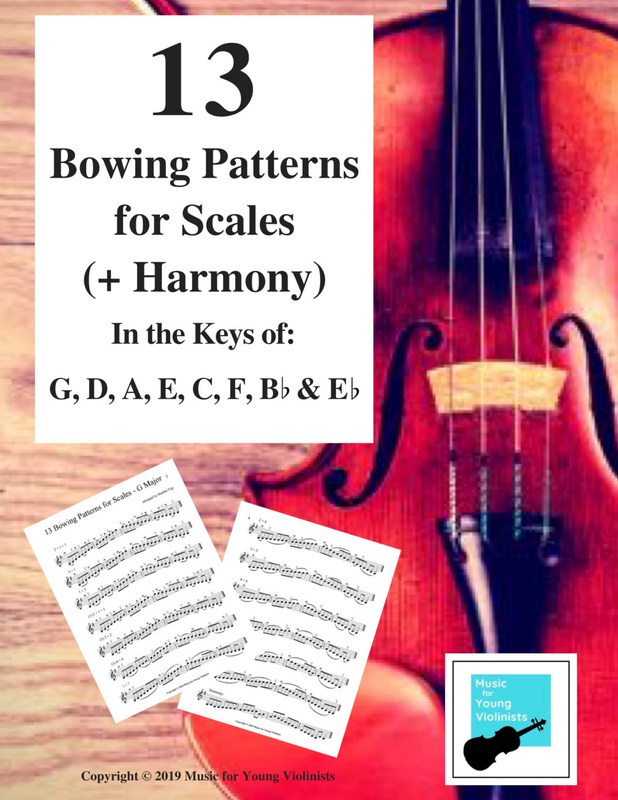
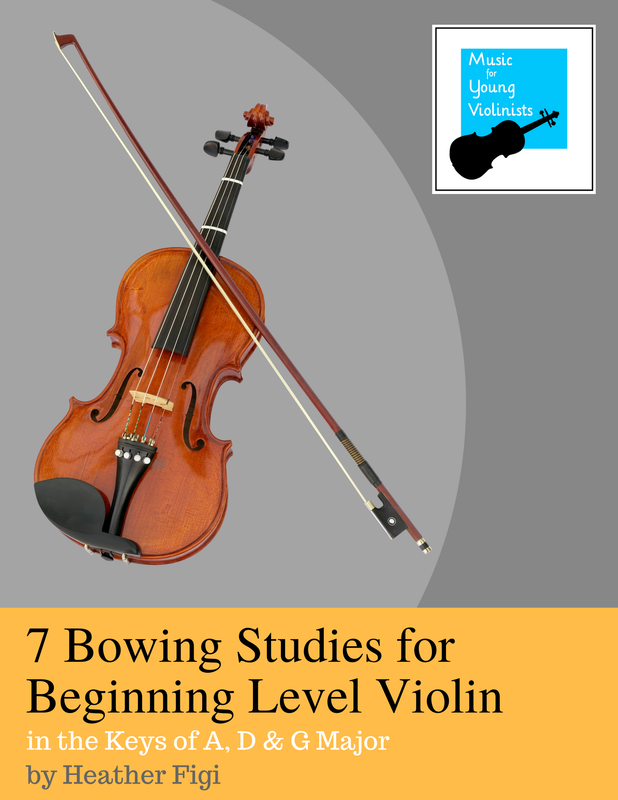
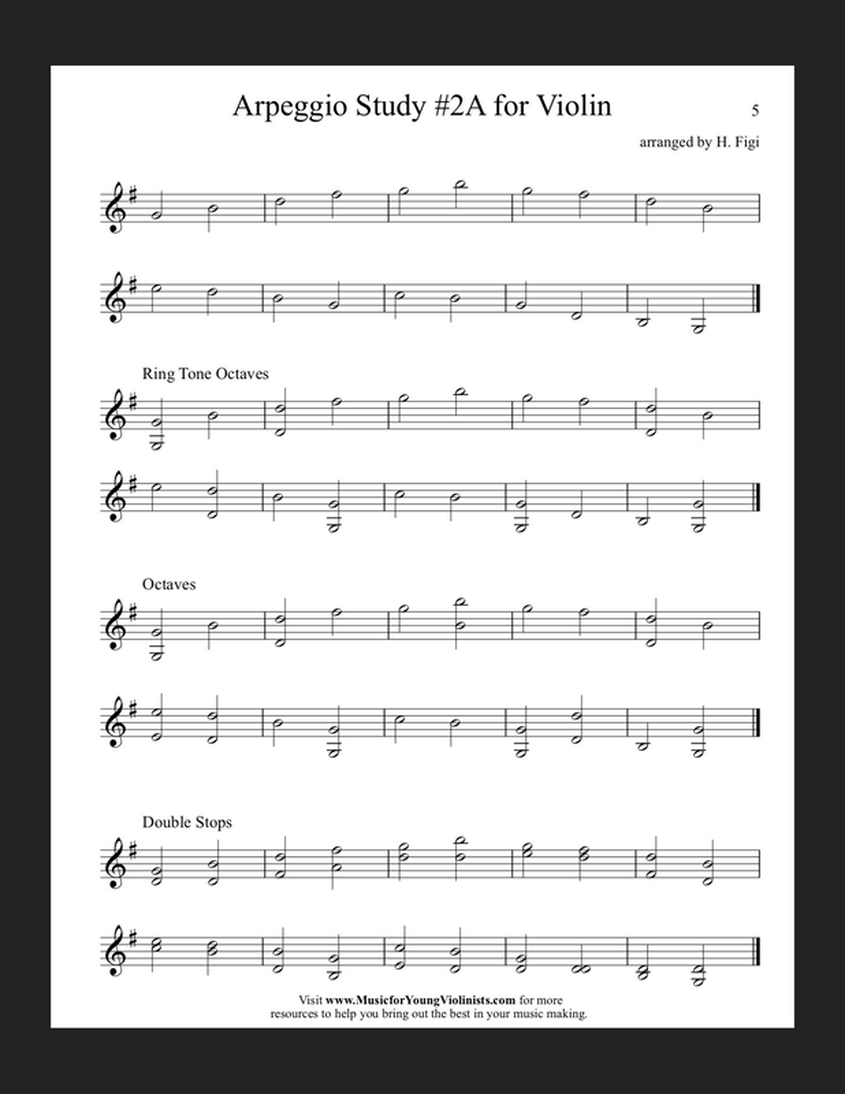
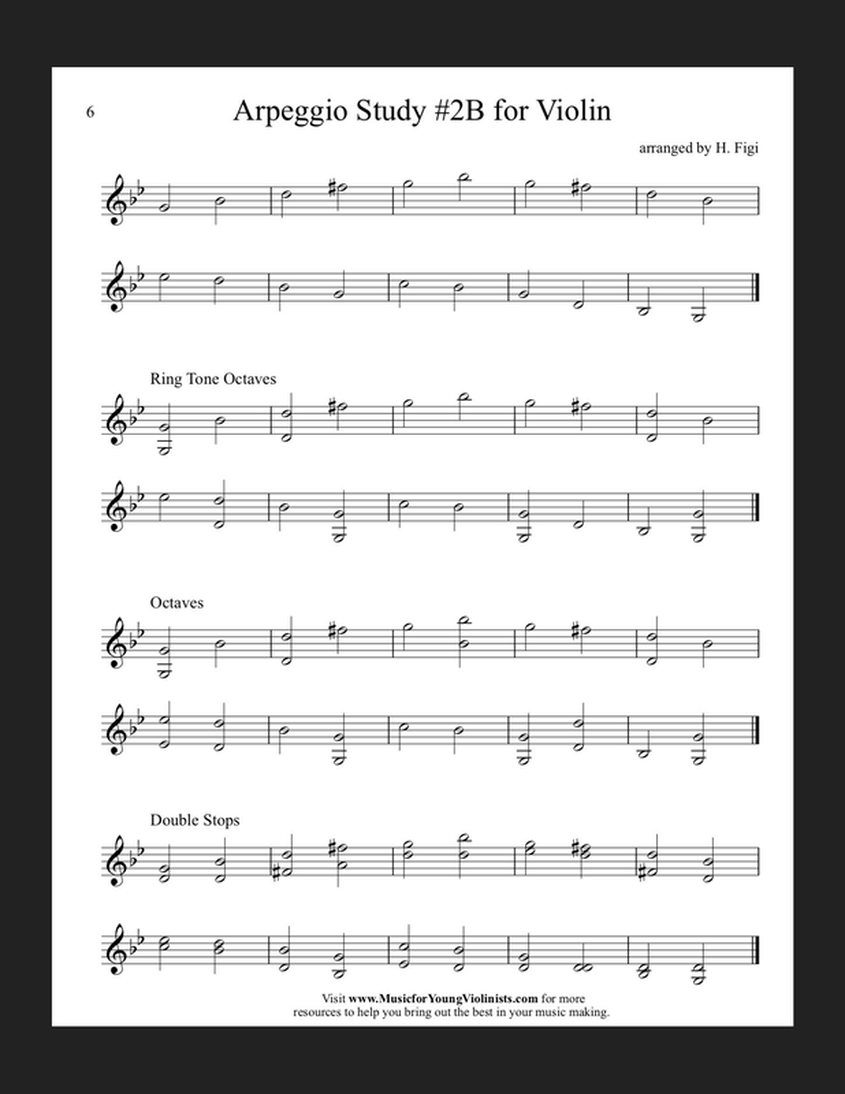
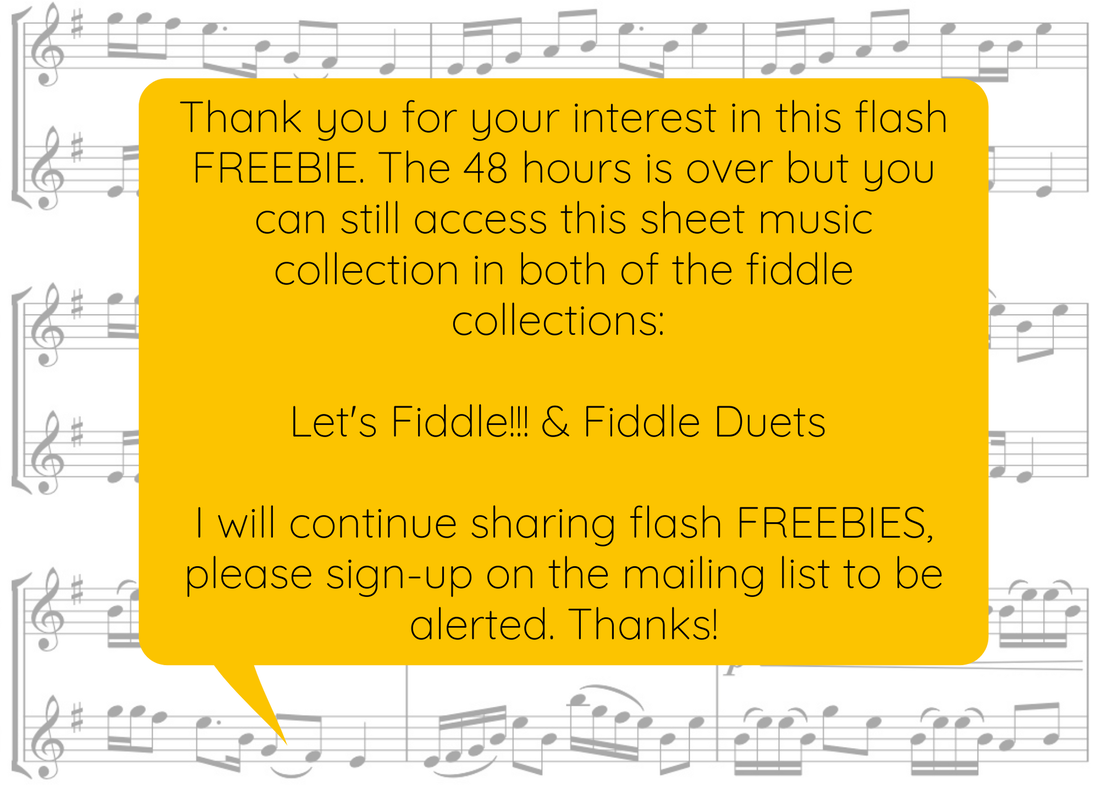
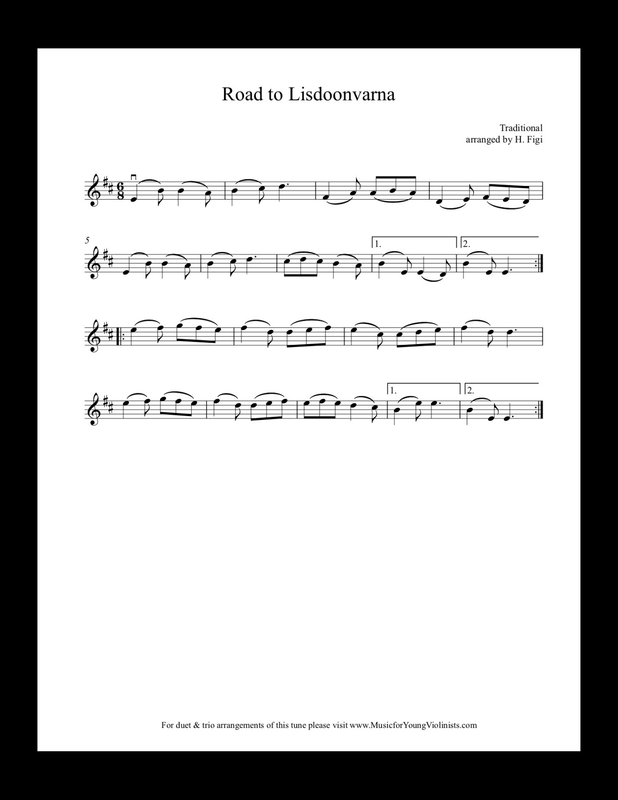
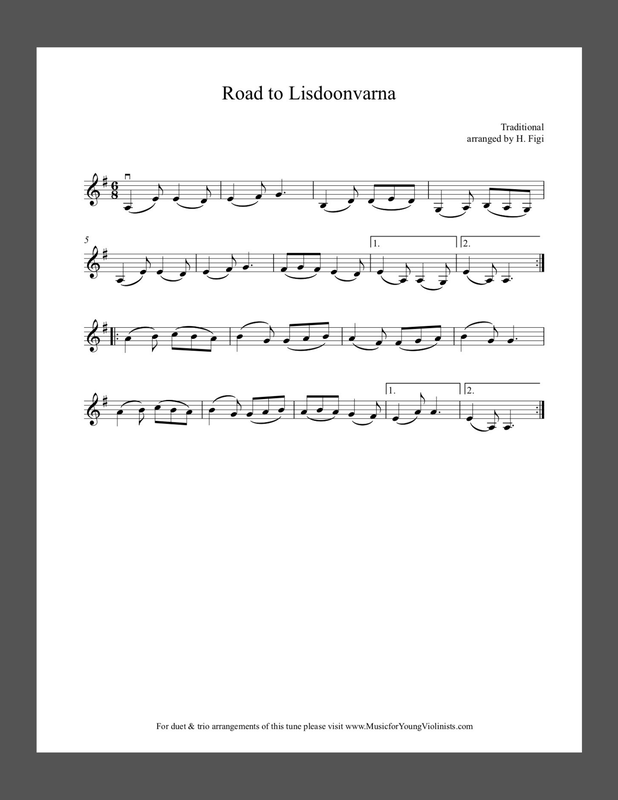
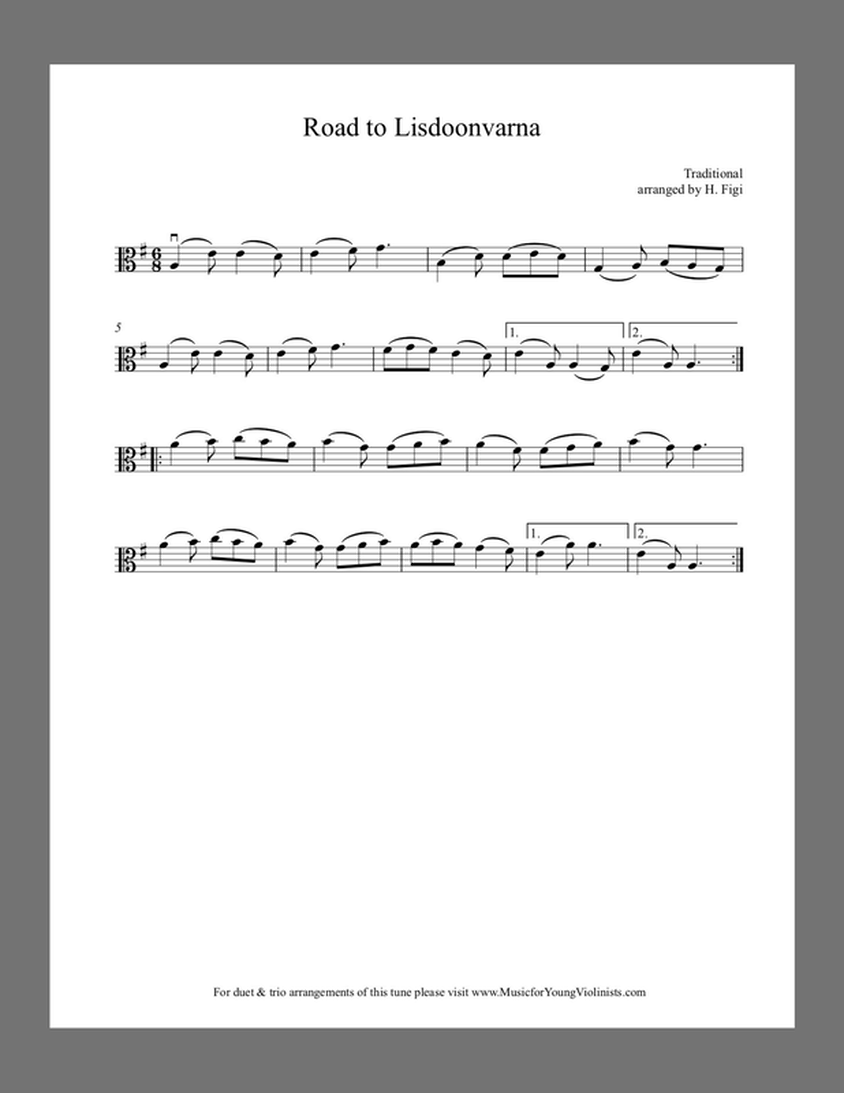
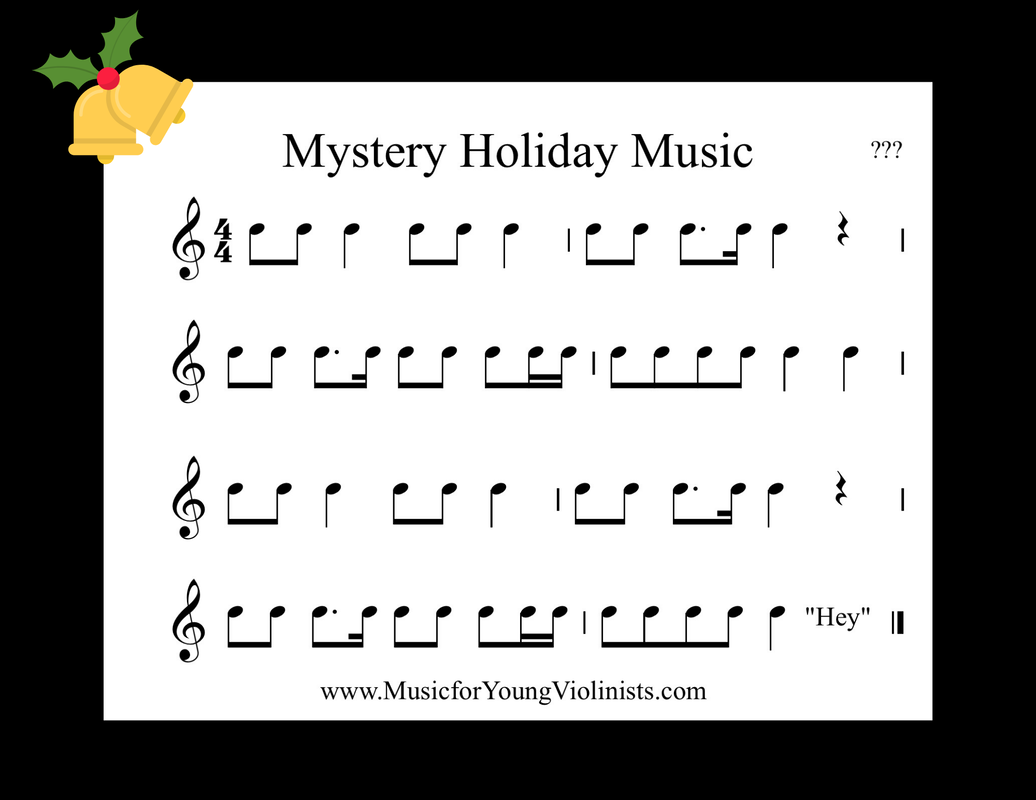
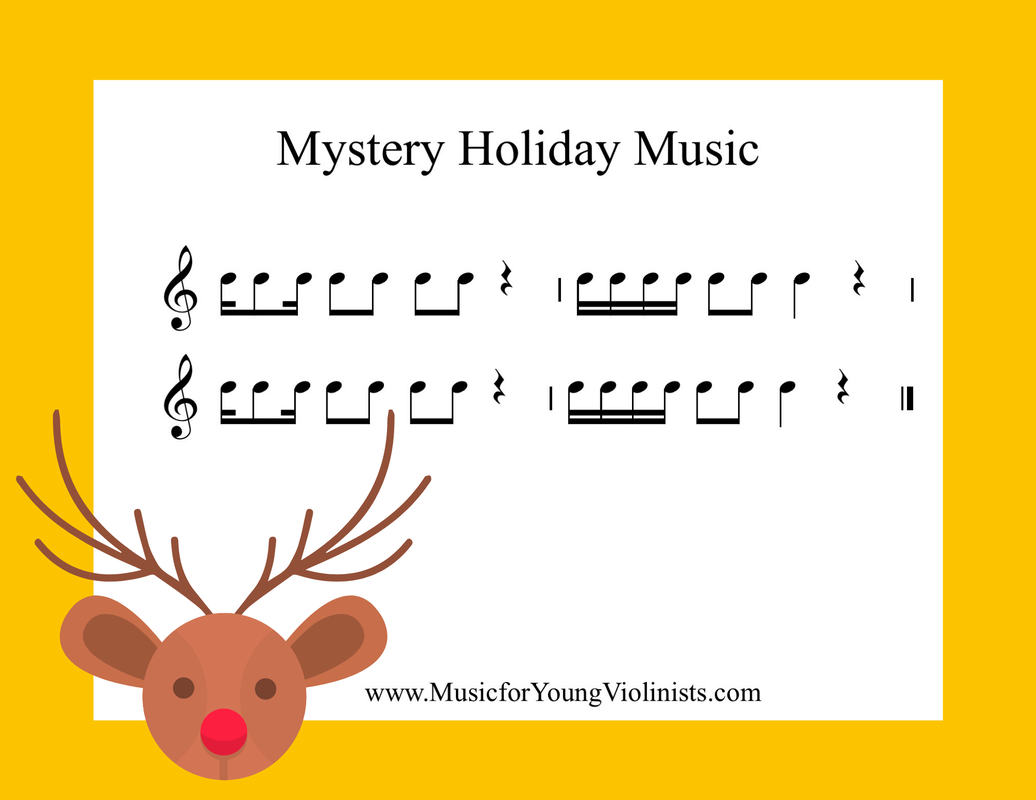
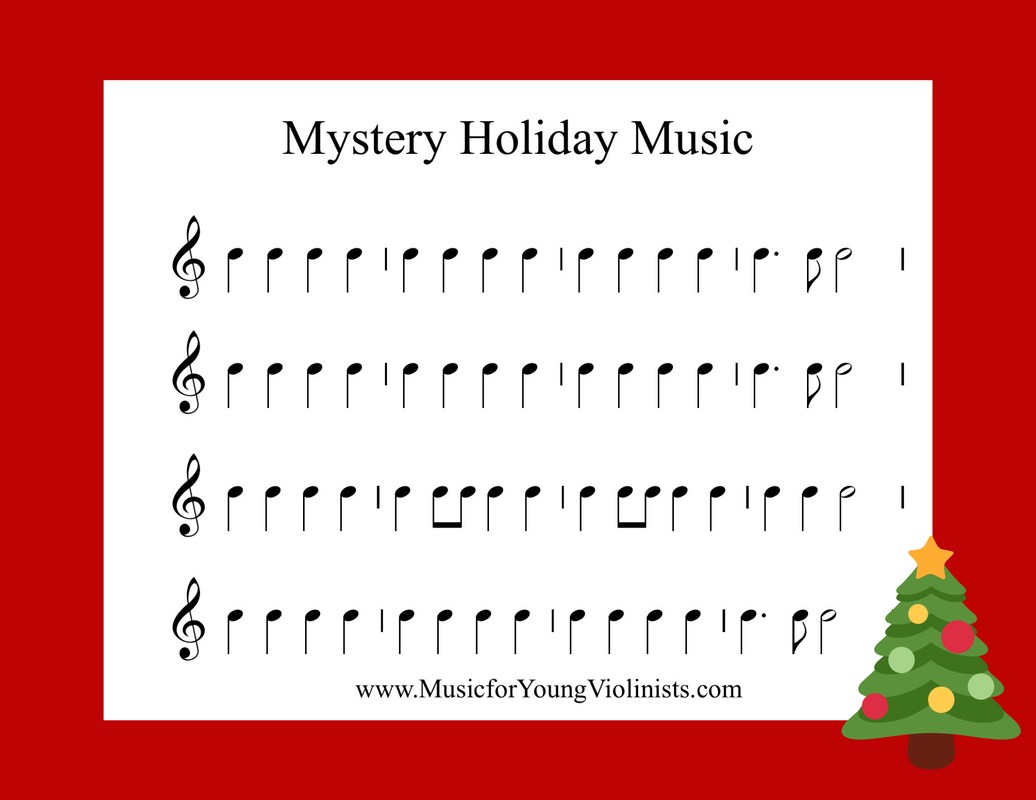
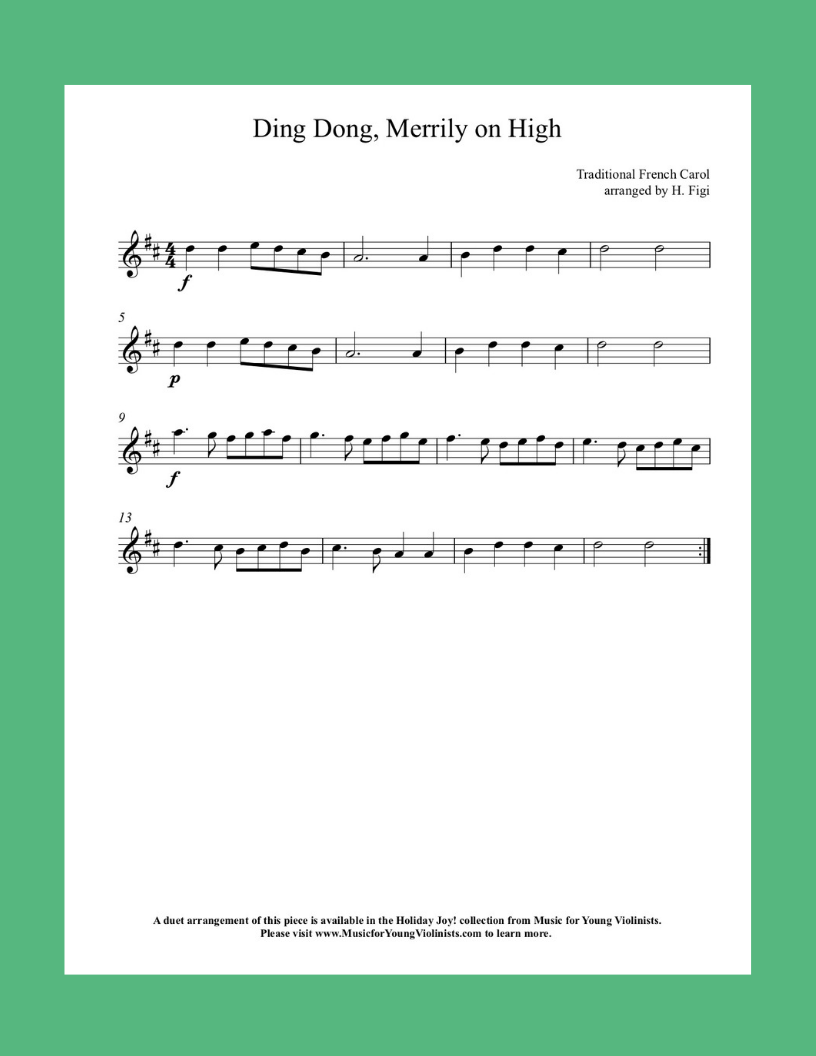
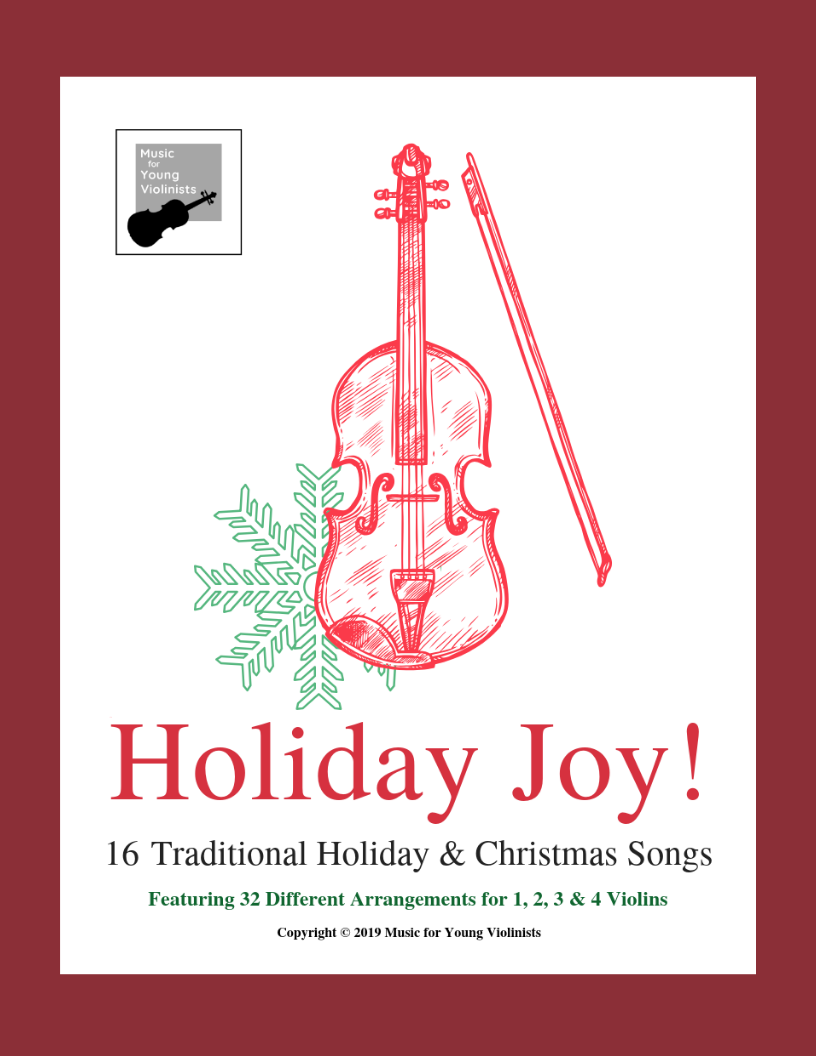
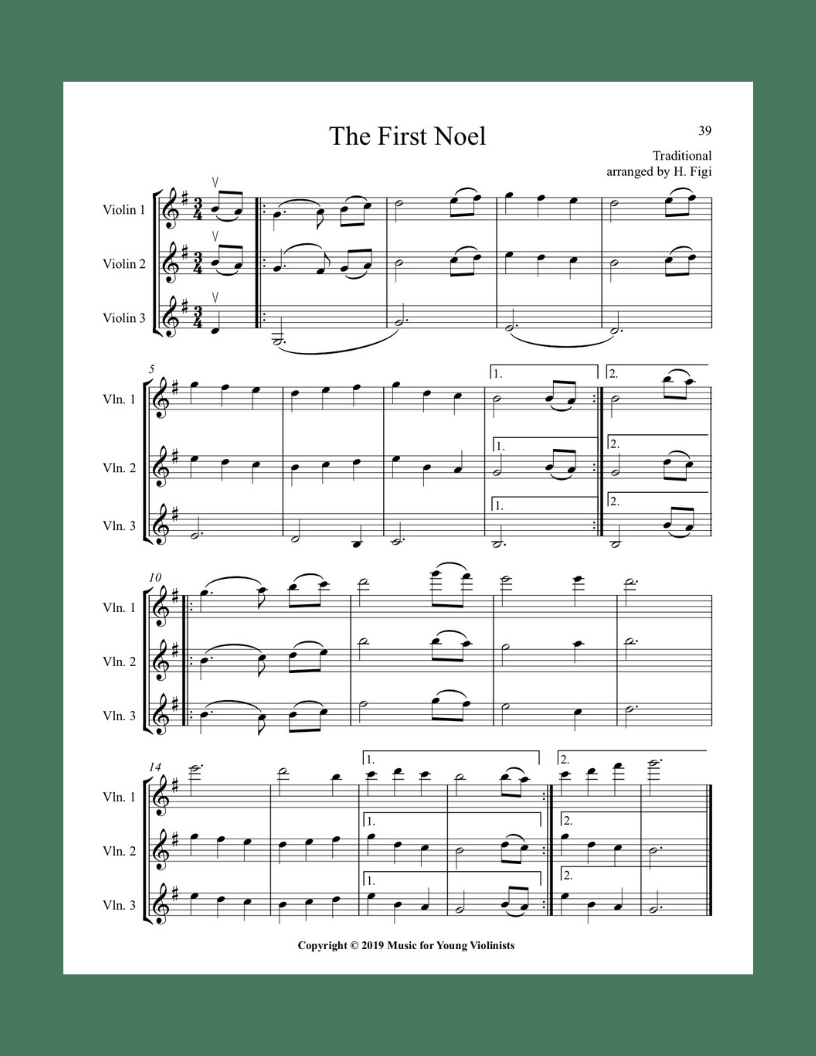
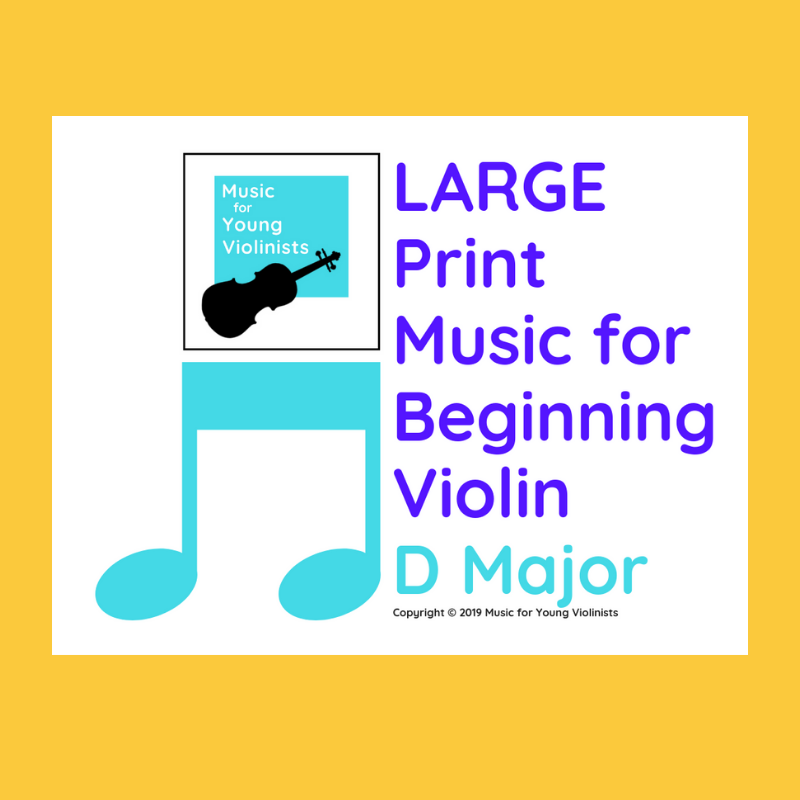
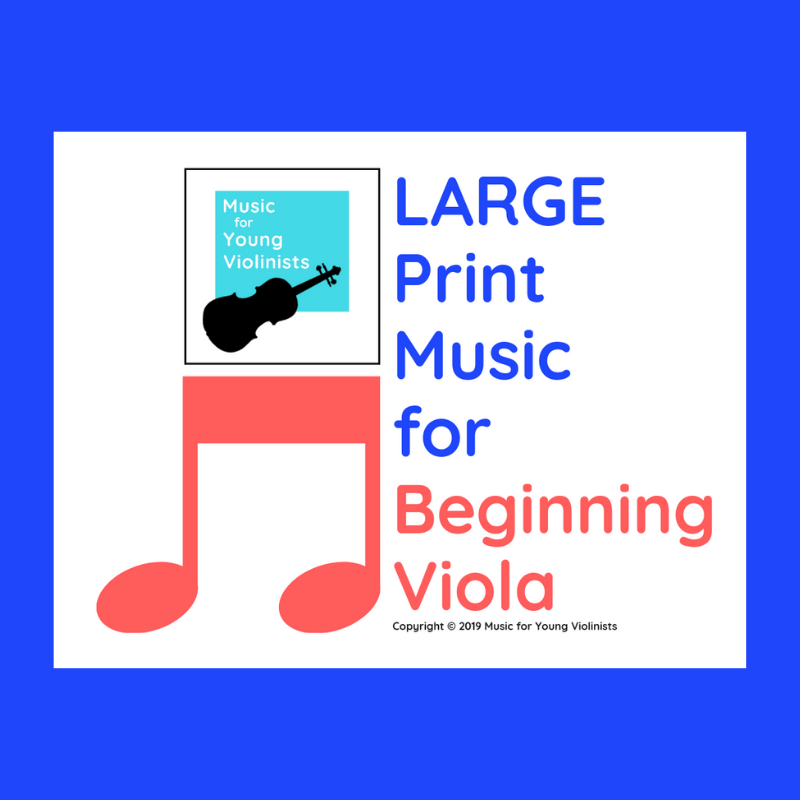
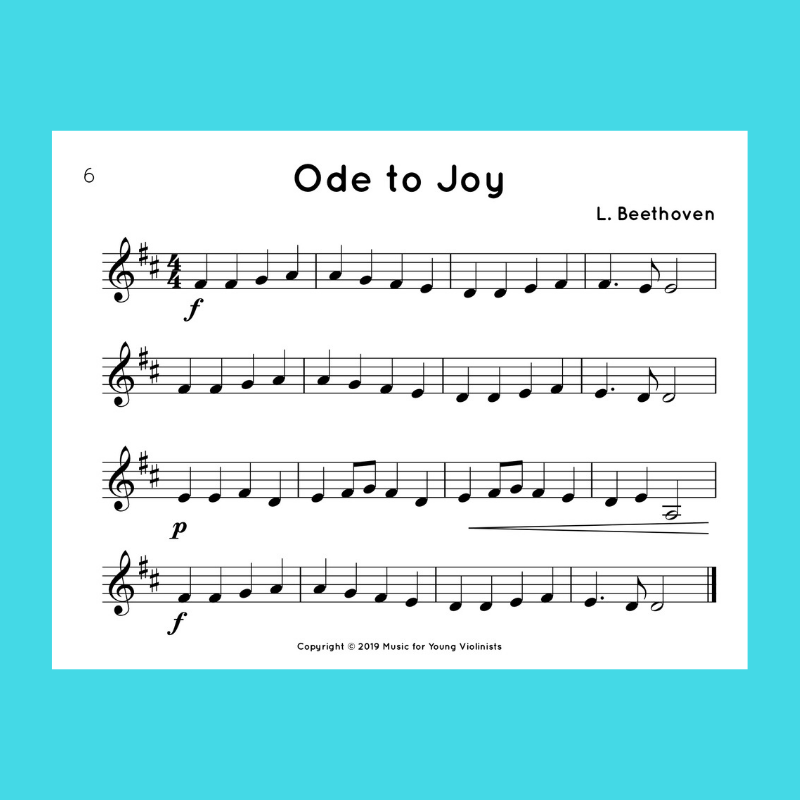
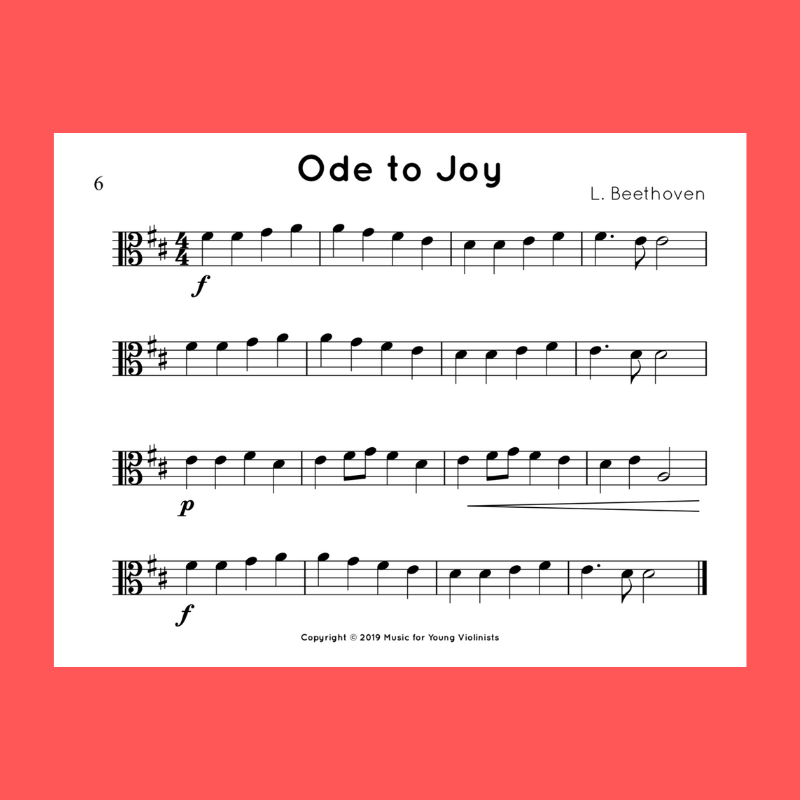
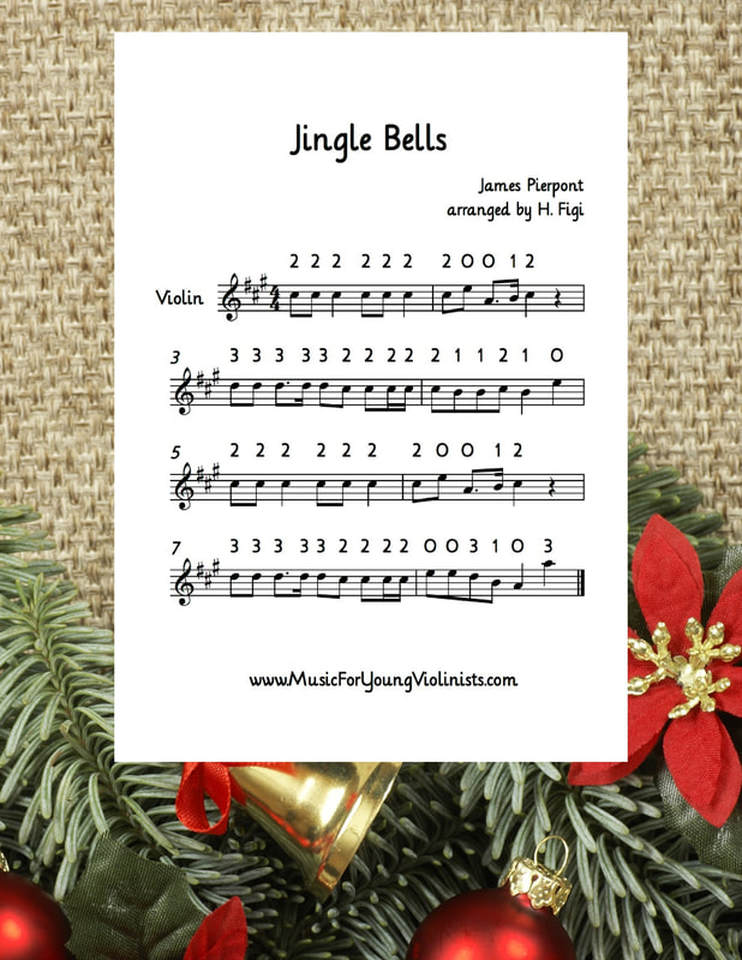
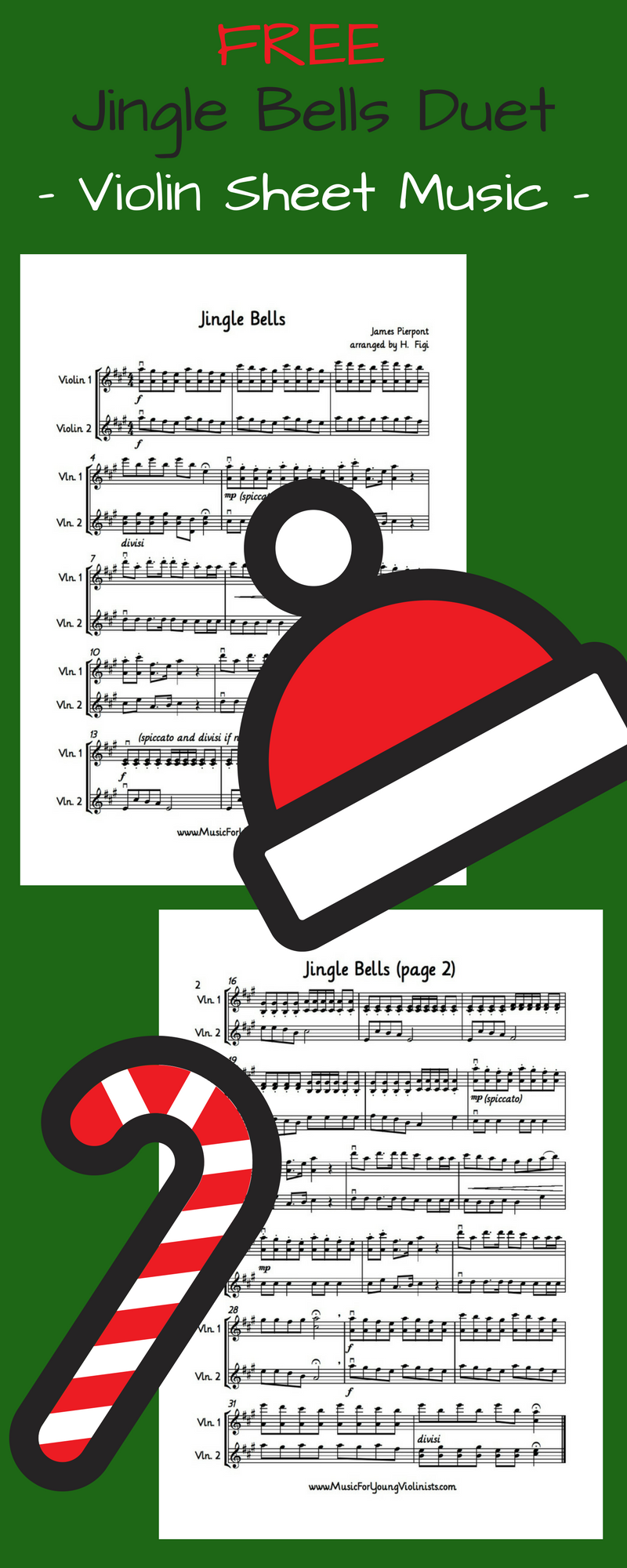
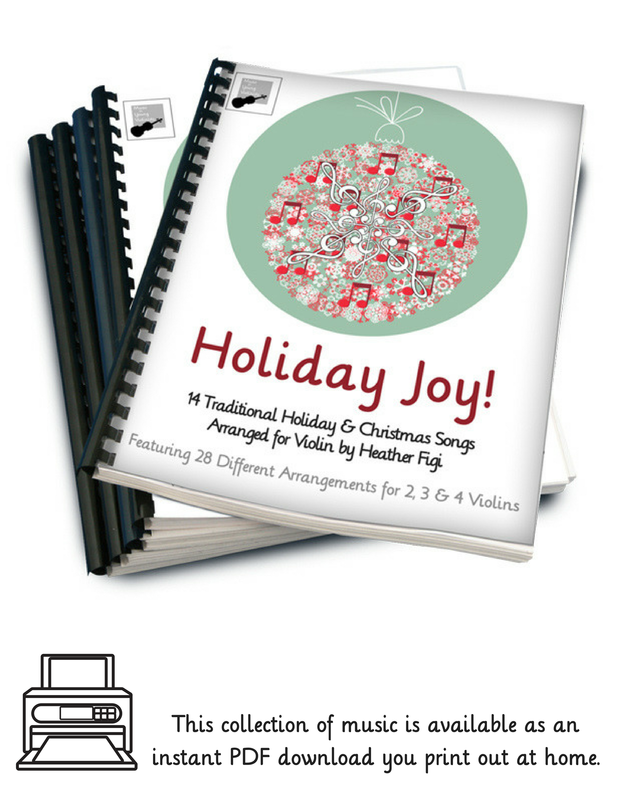
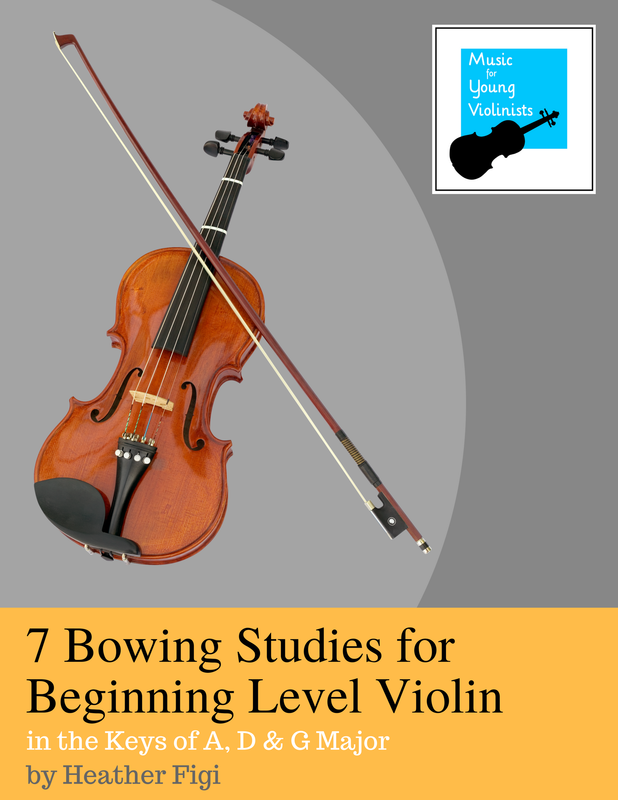
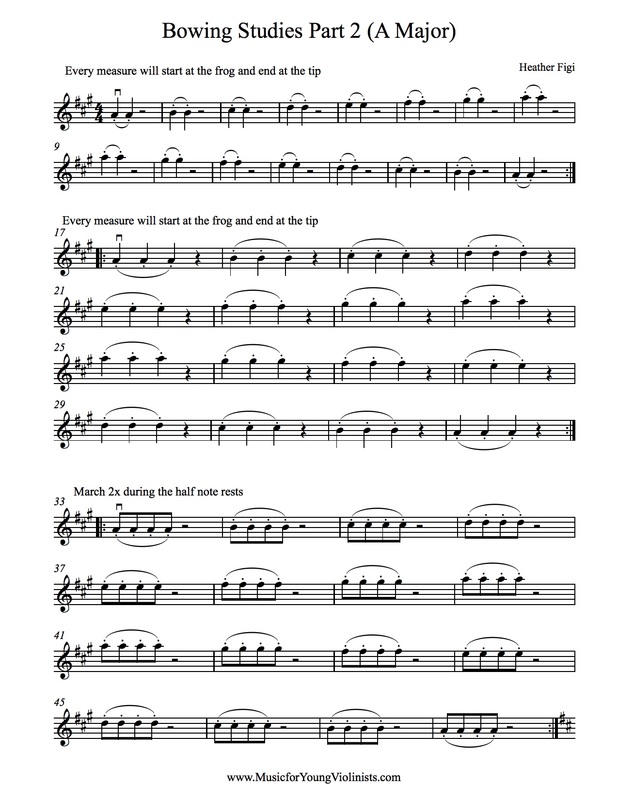
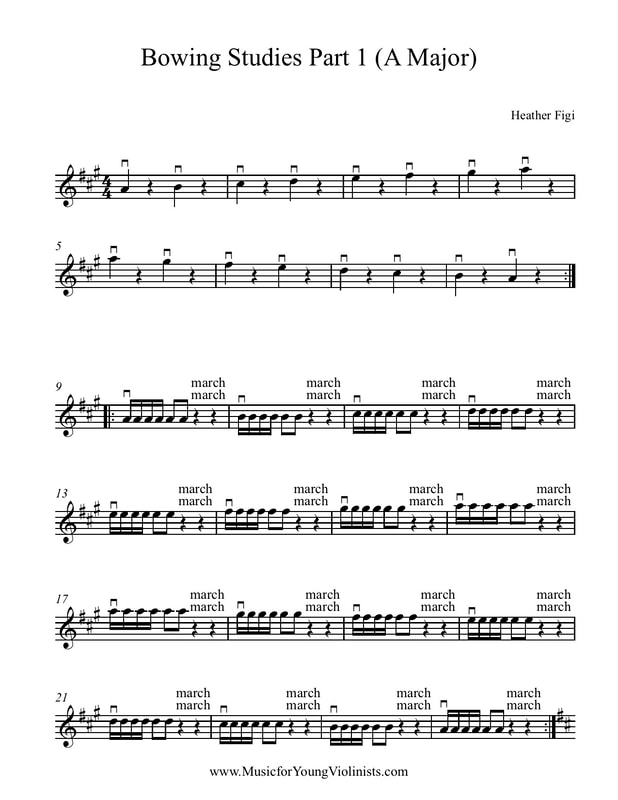
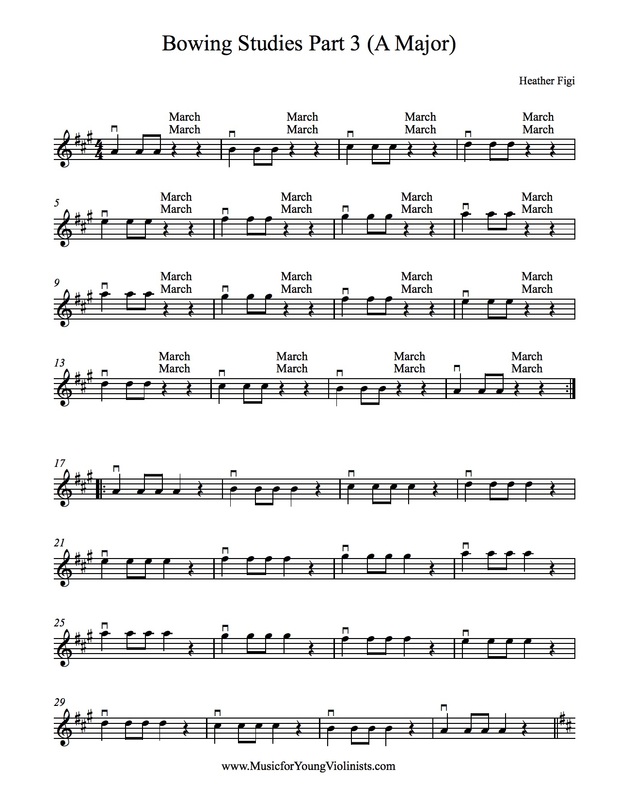
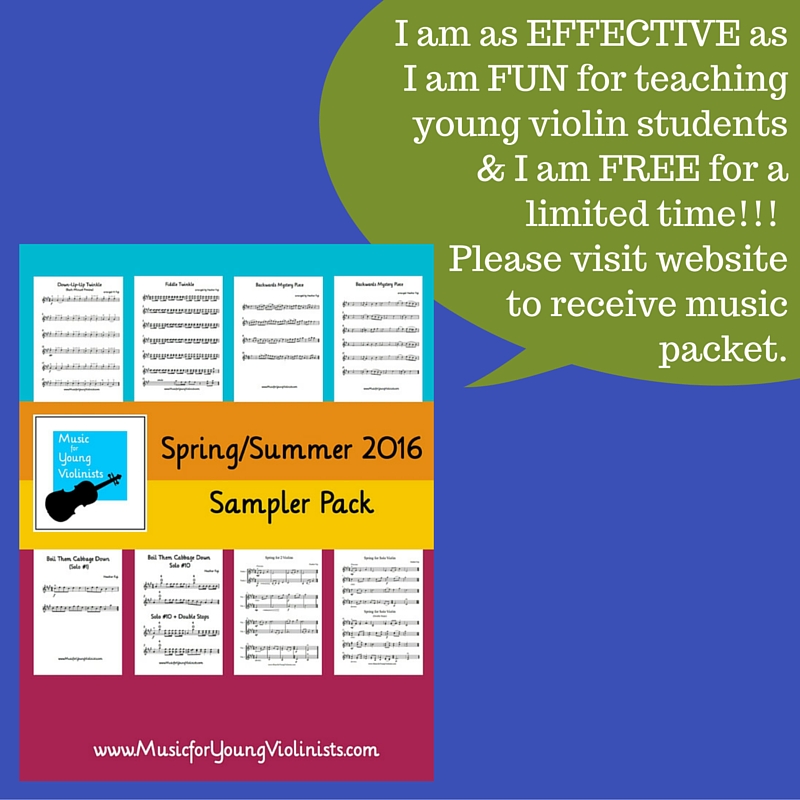

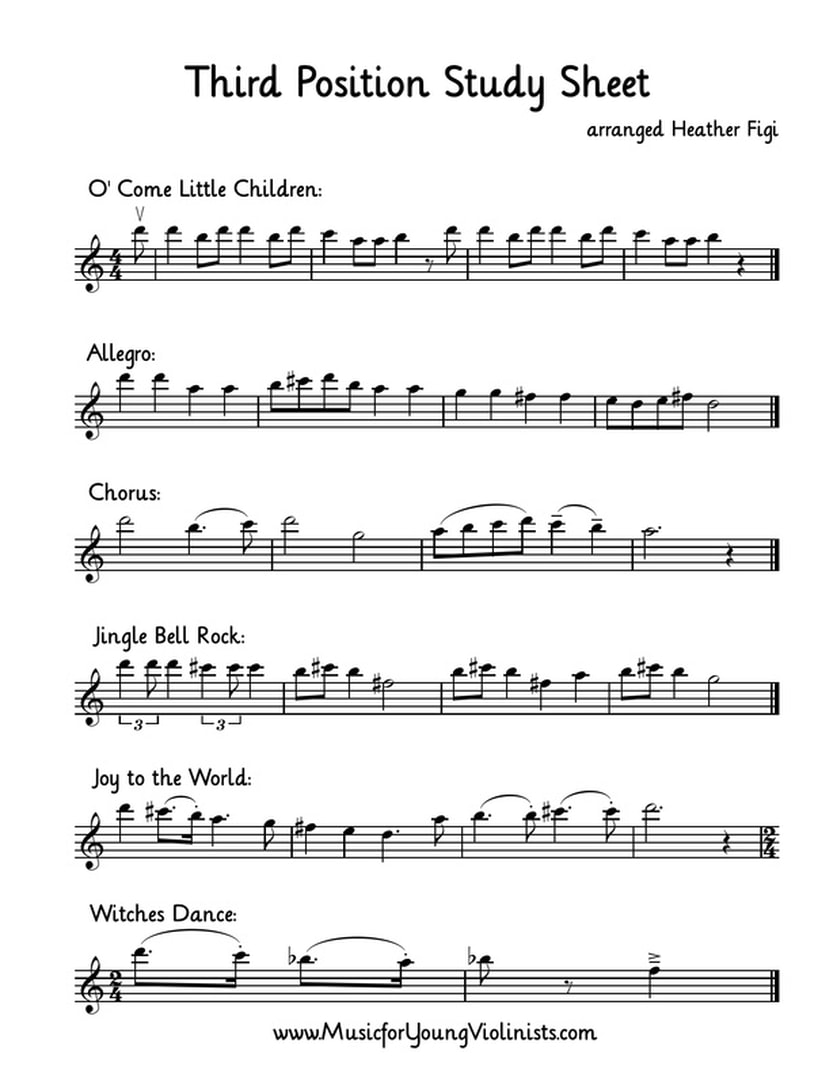
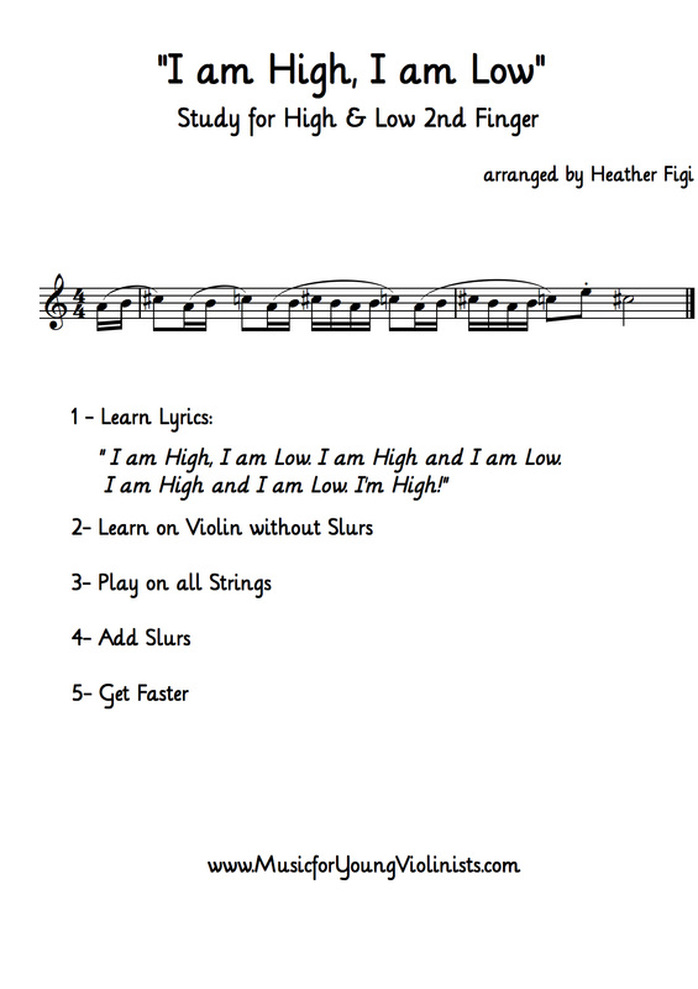
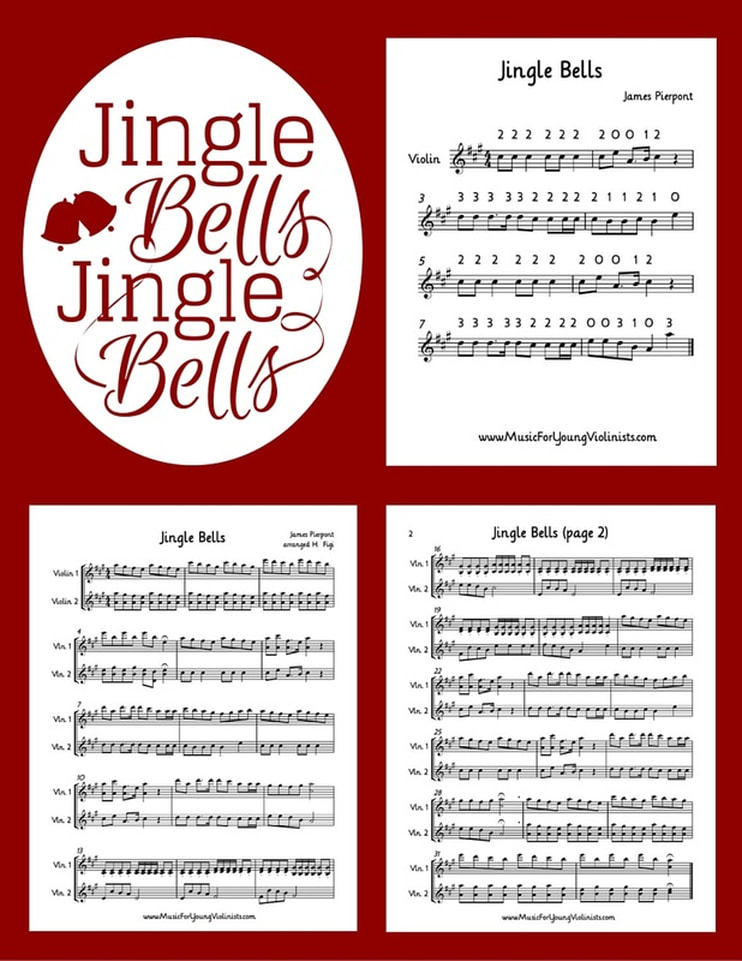
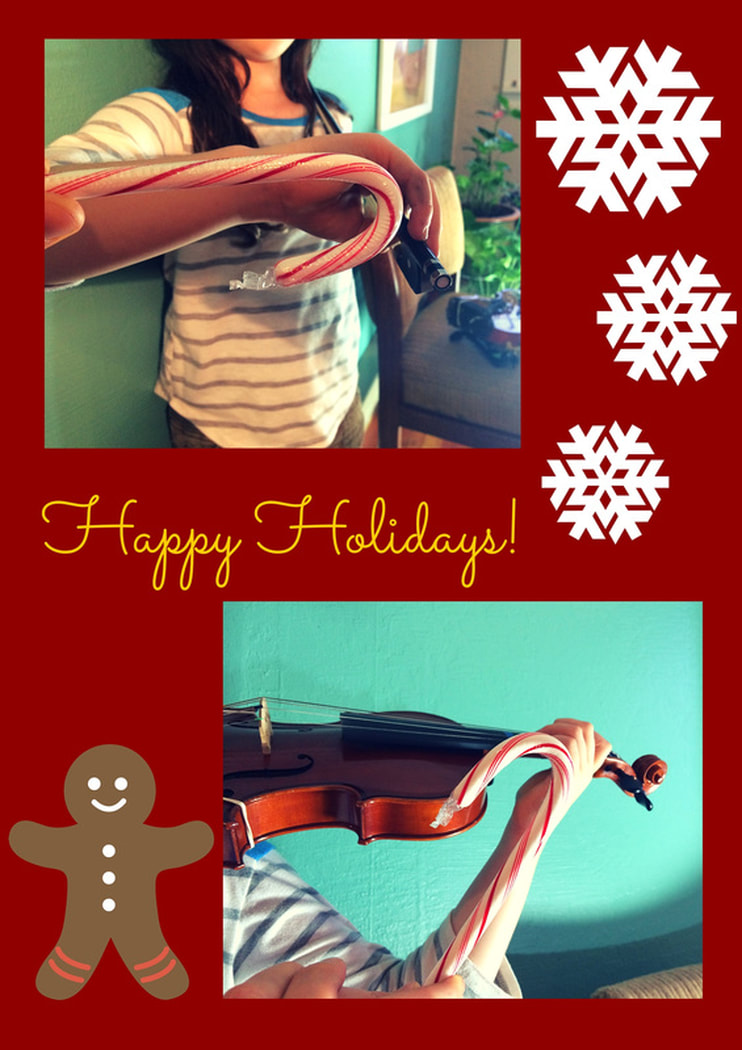
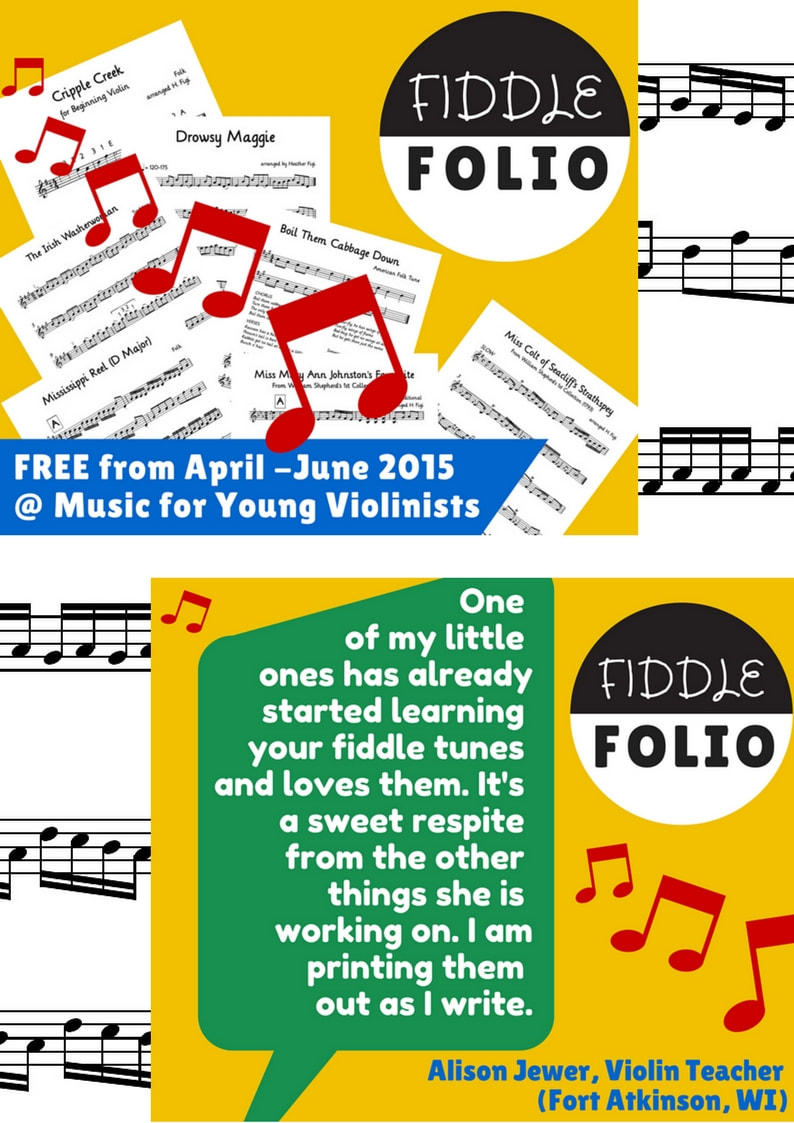
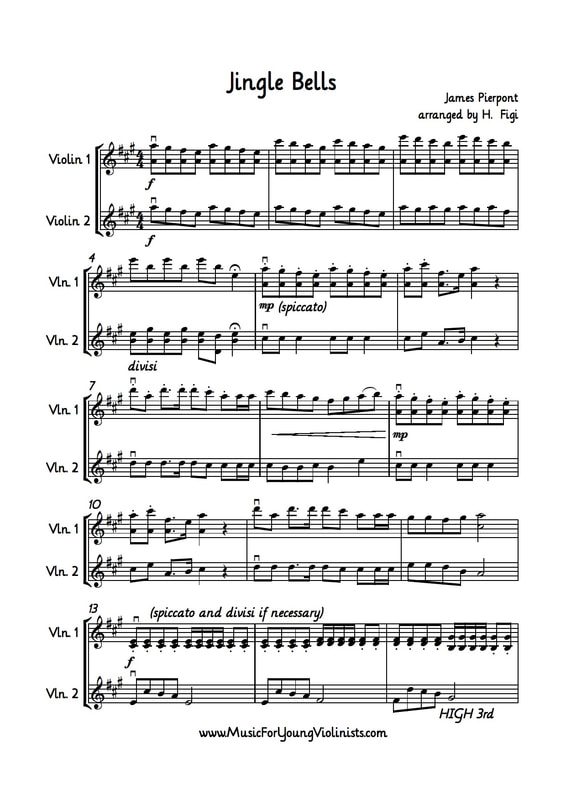
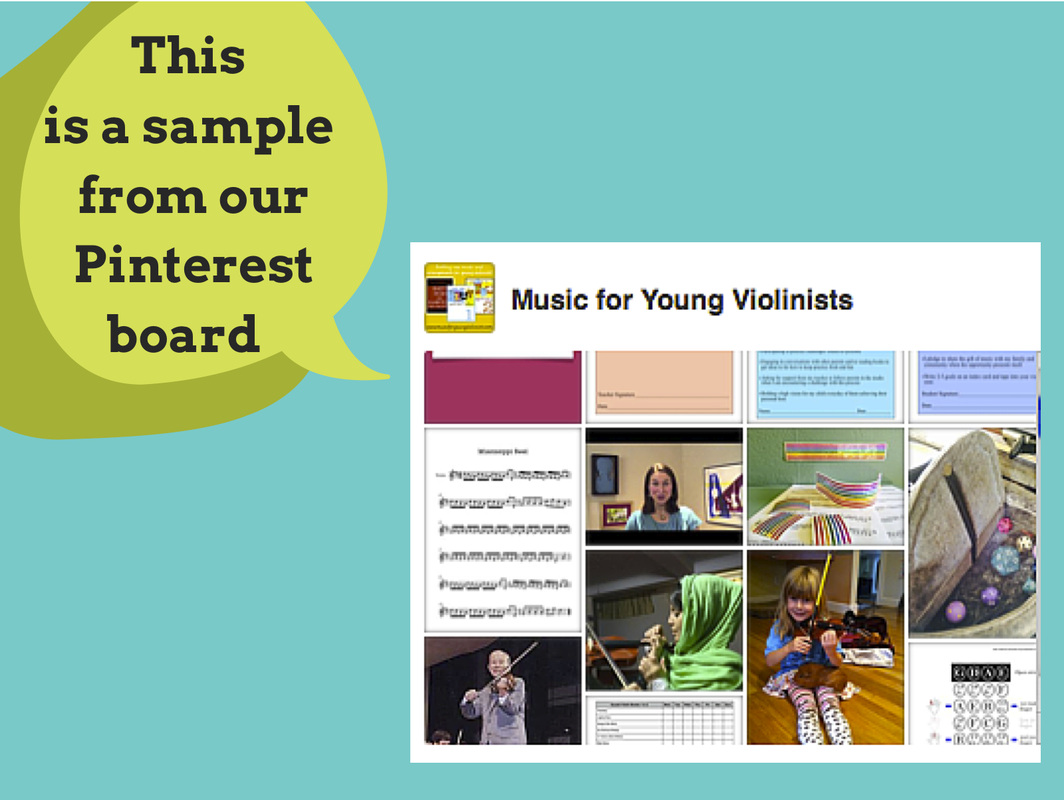
 RSS Feed
RSS Feed
